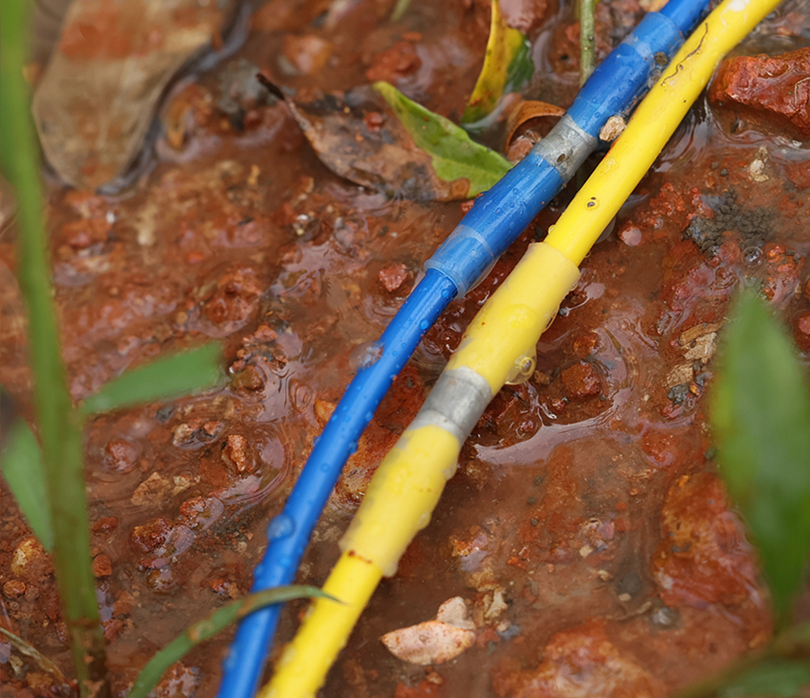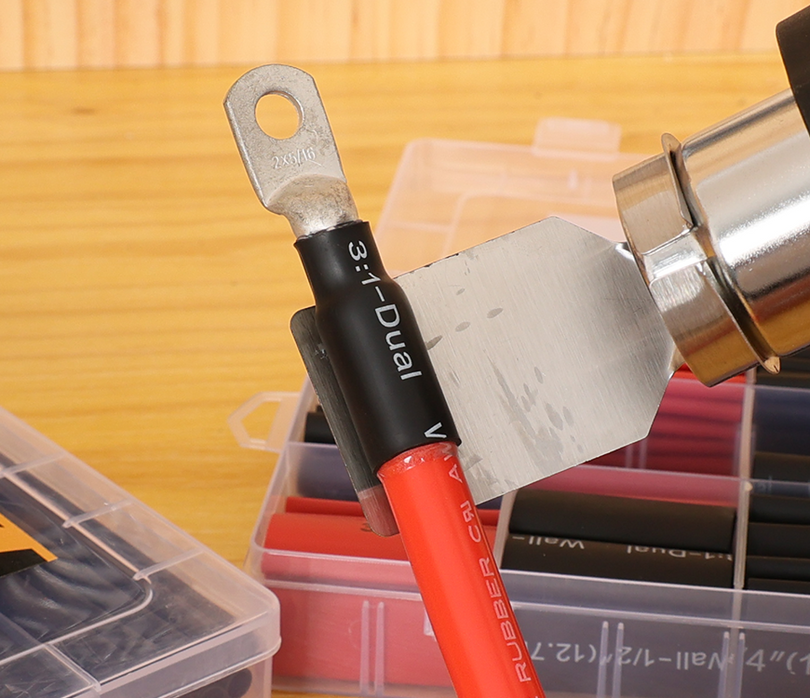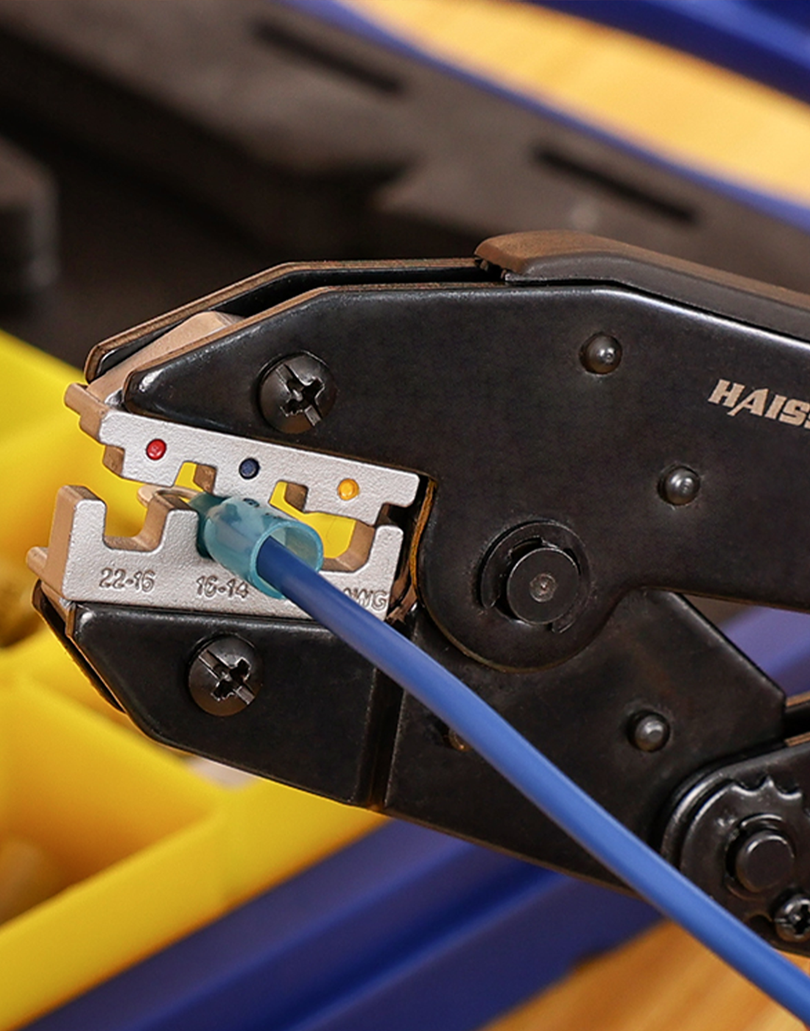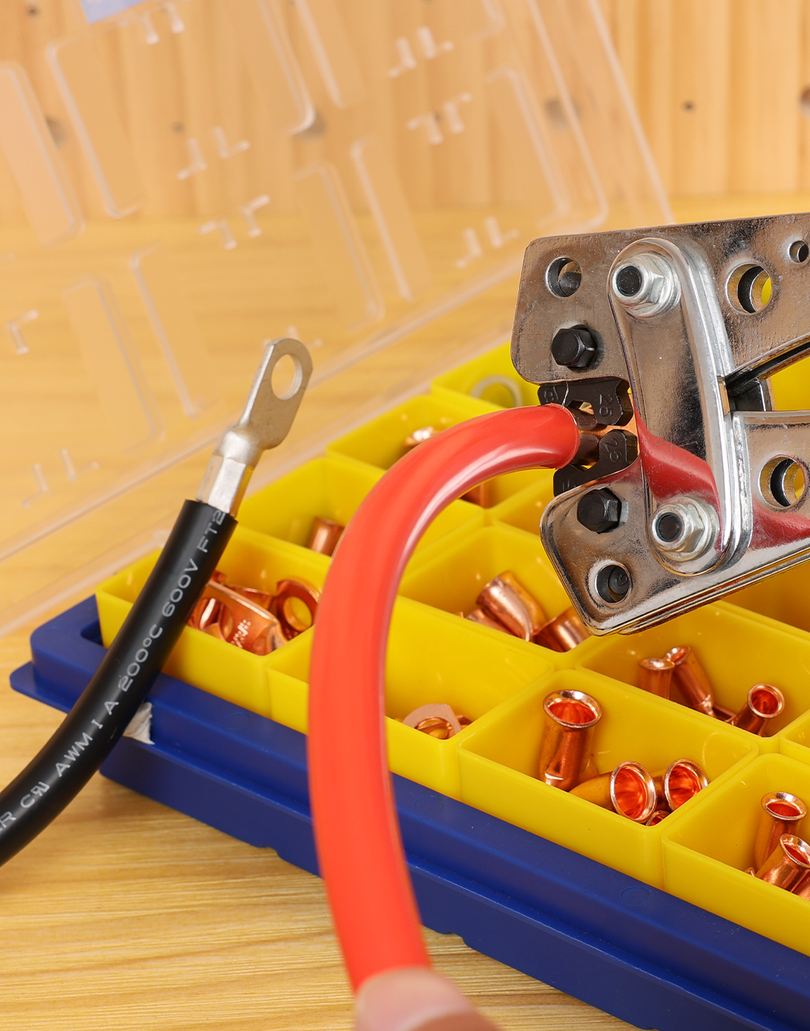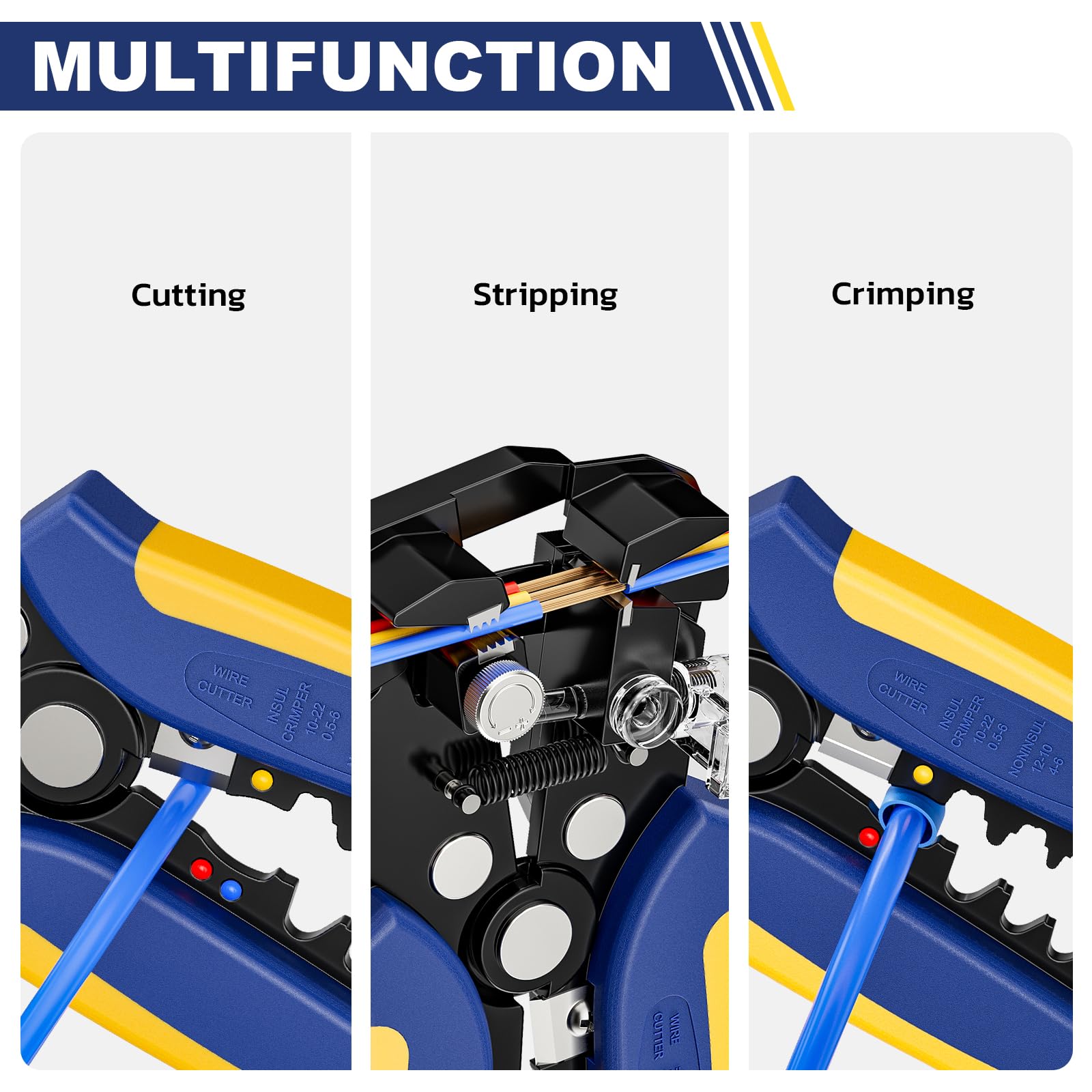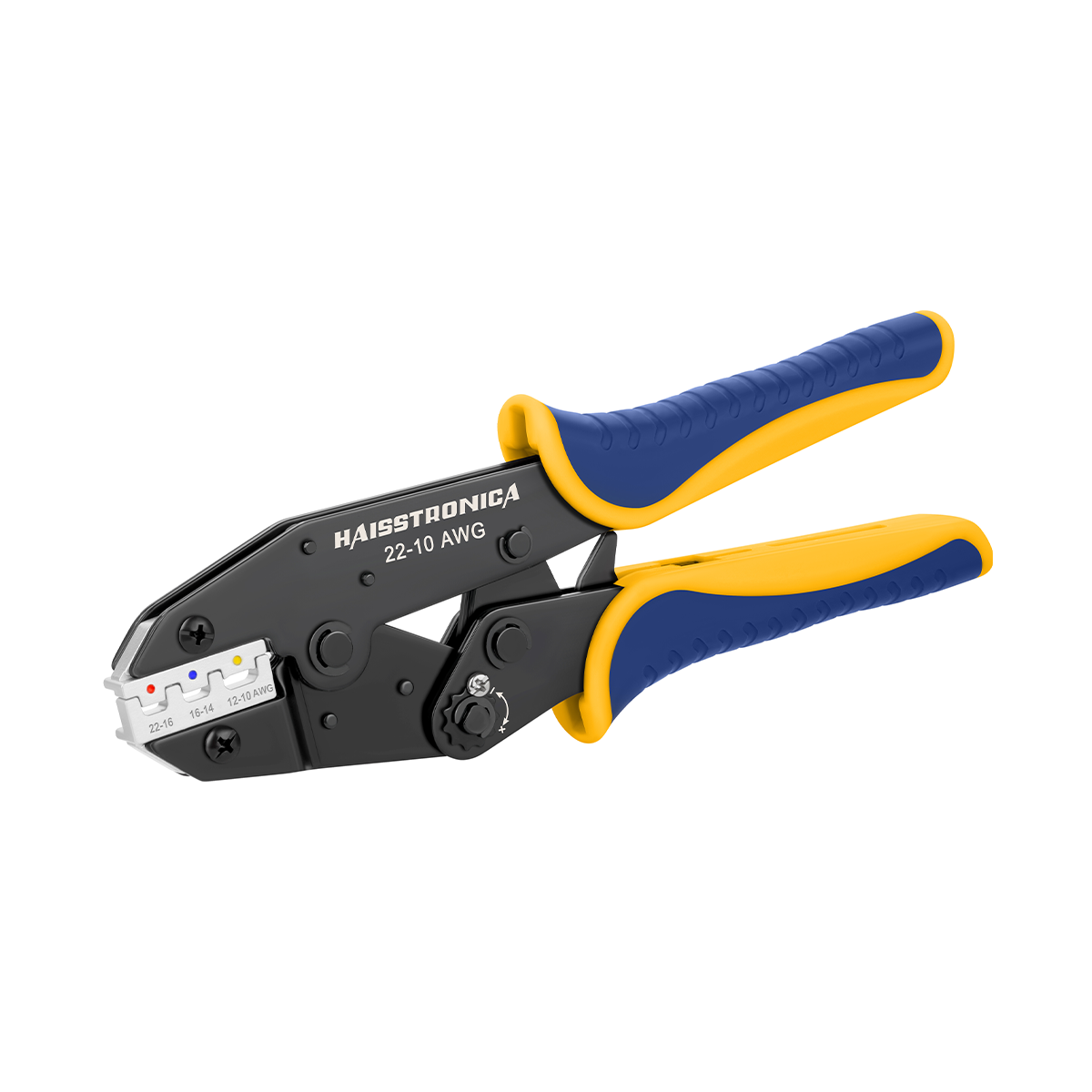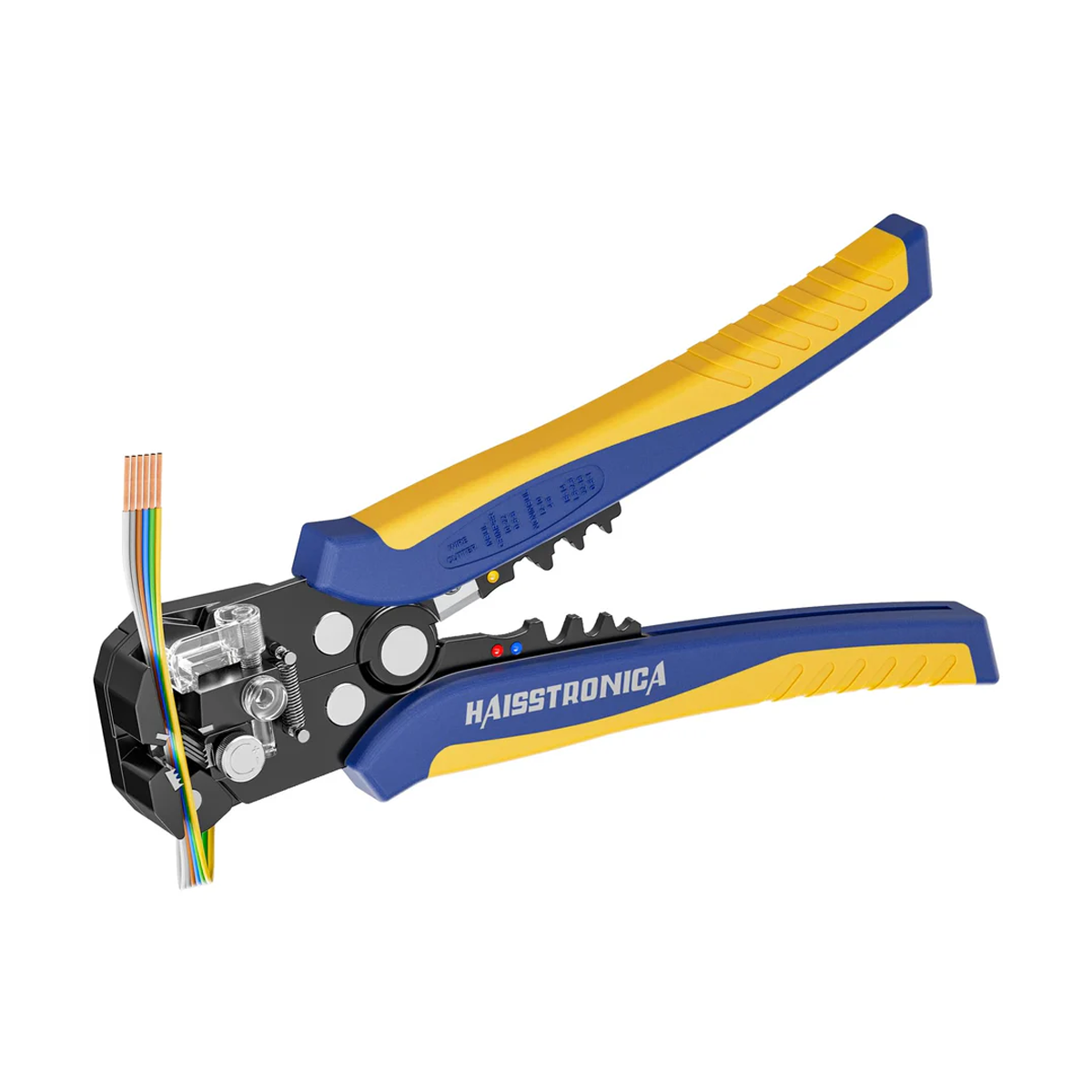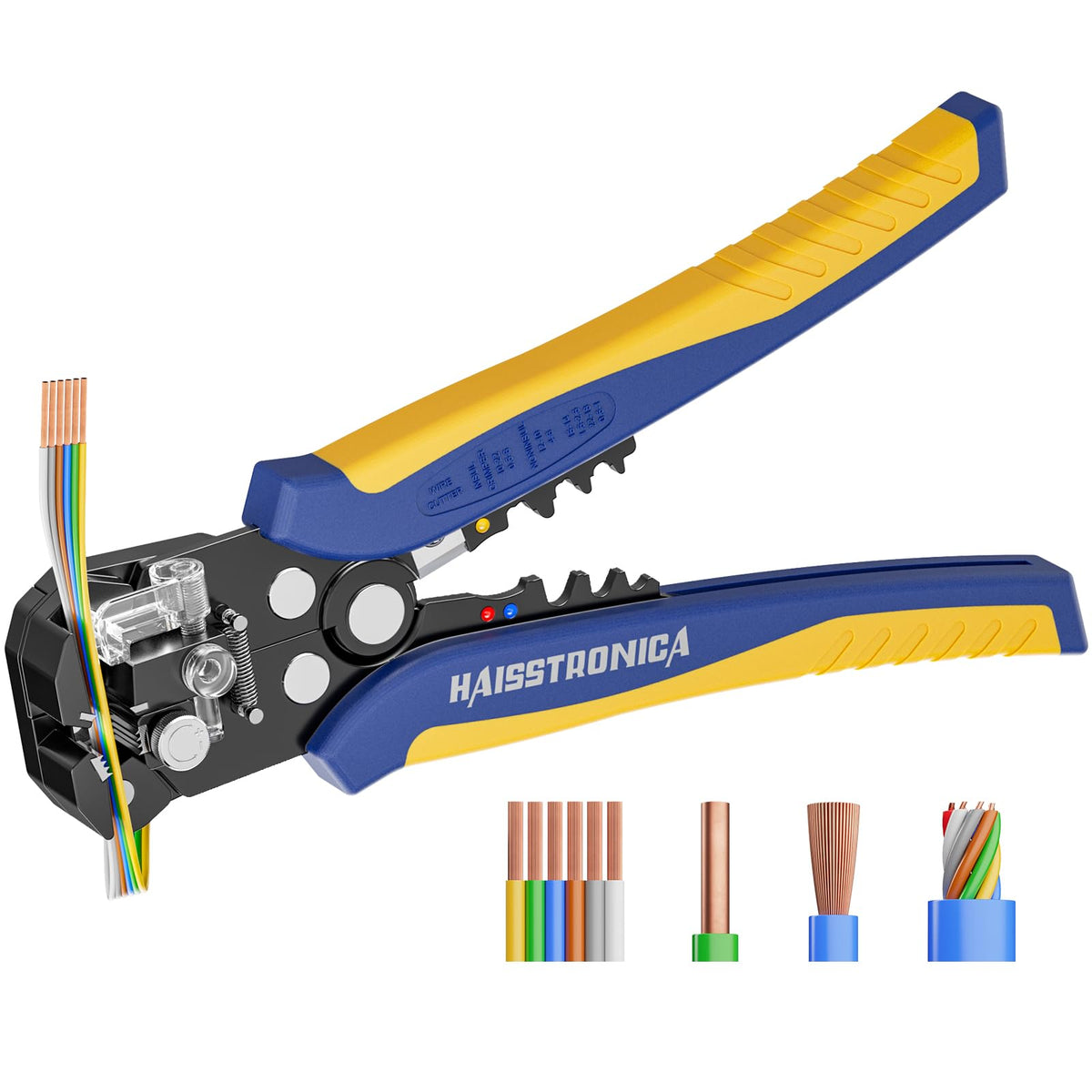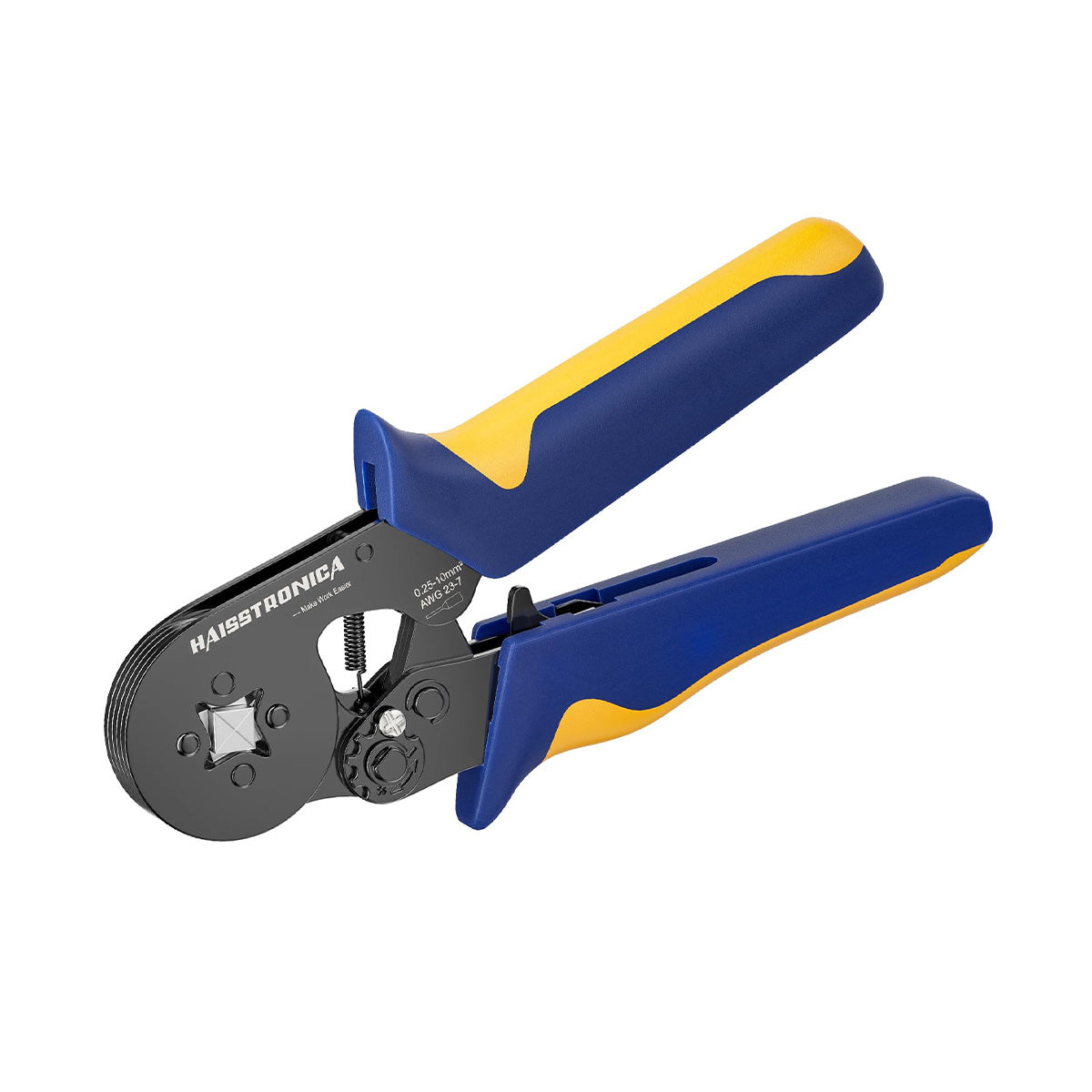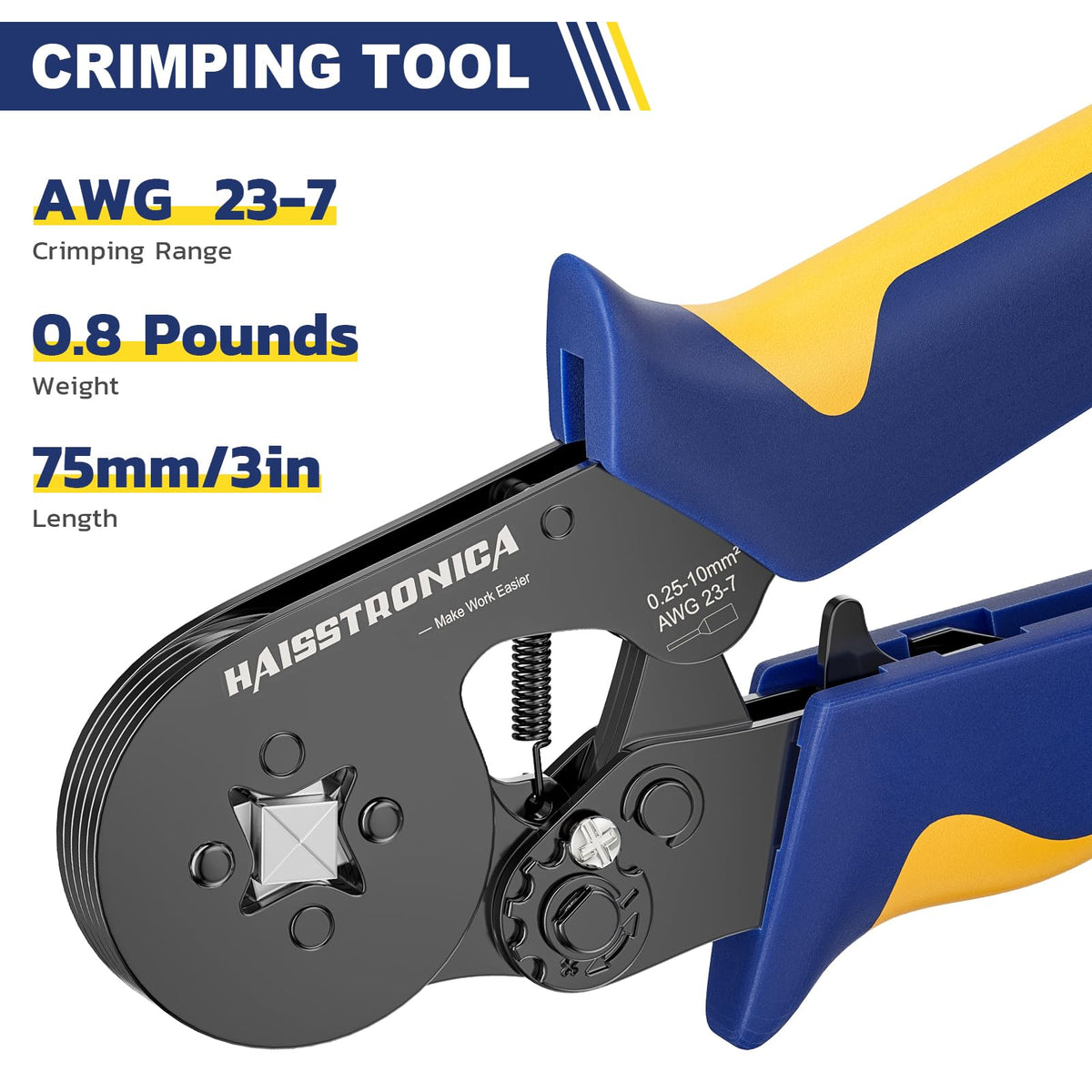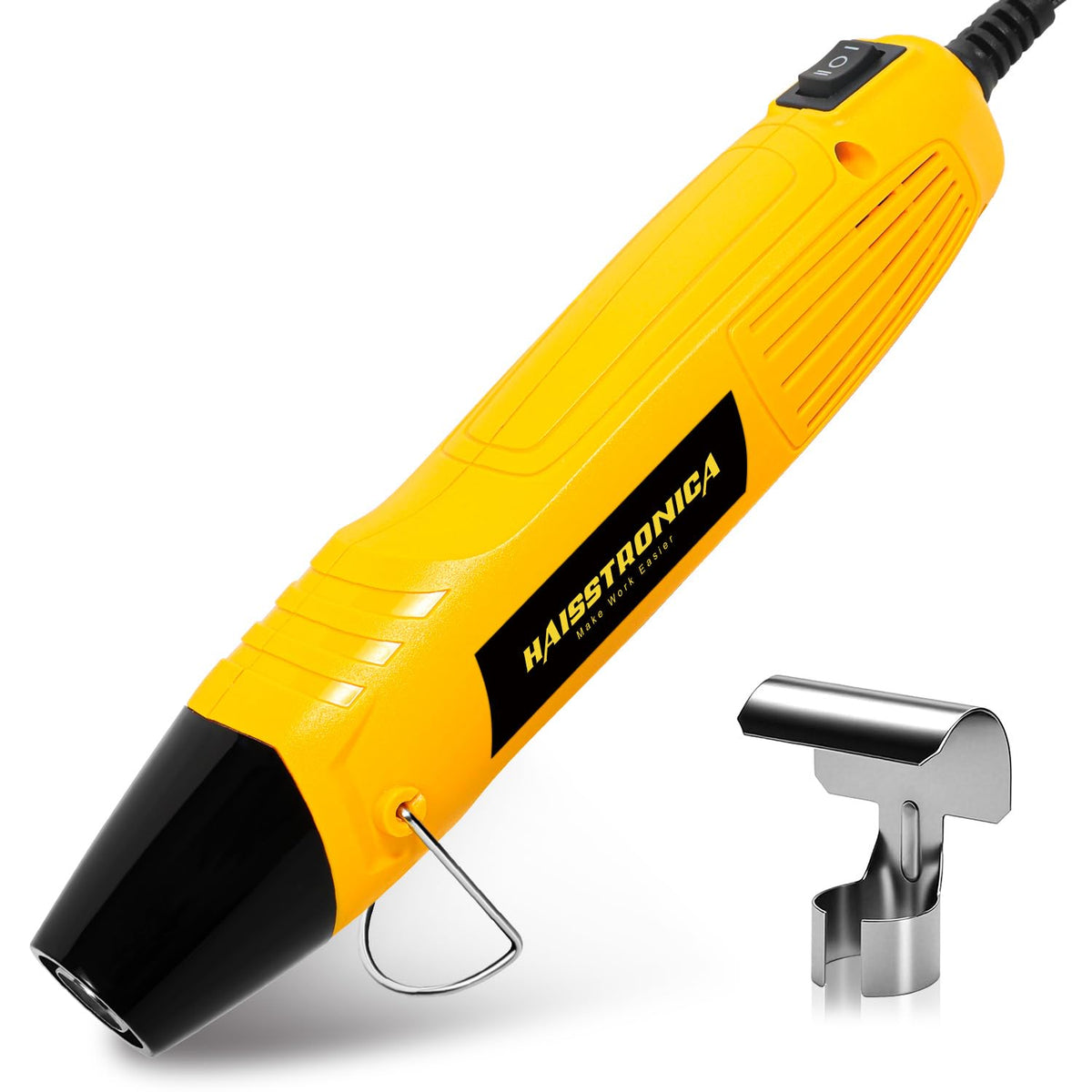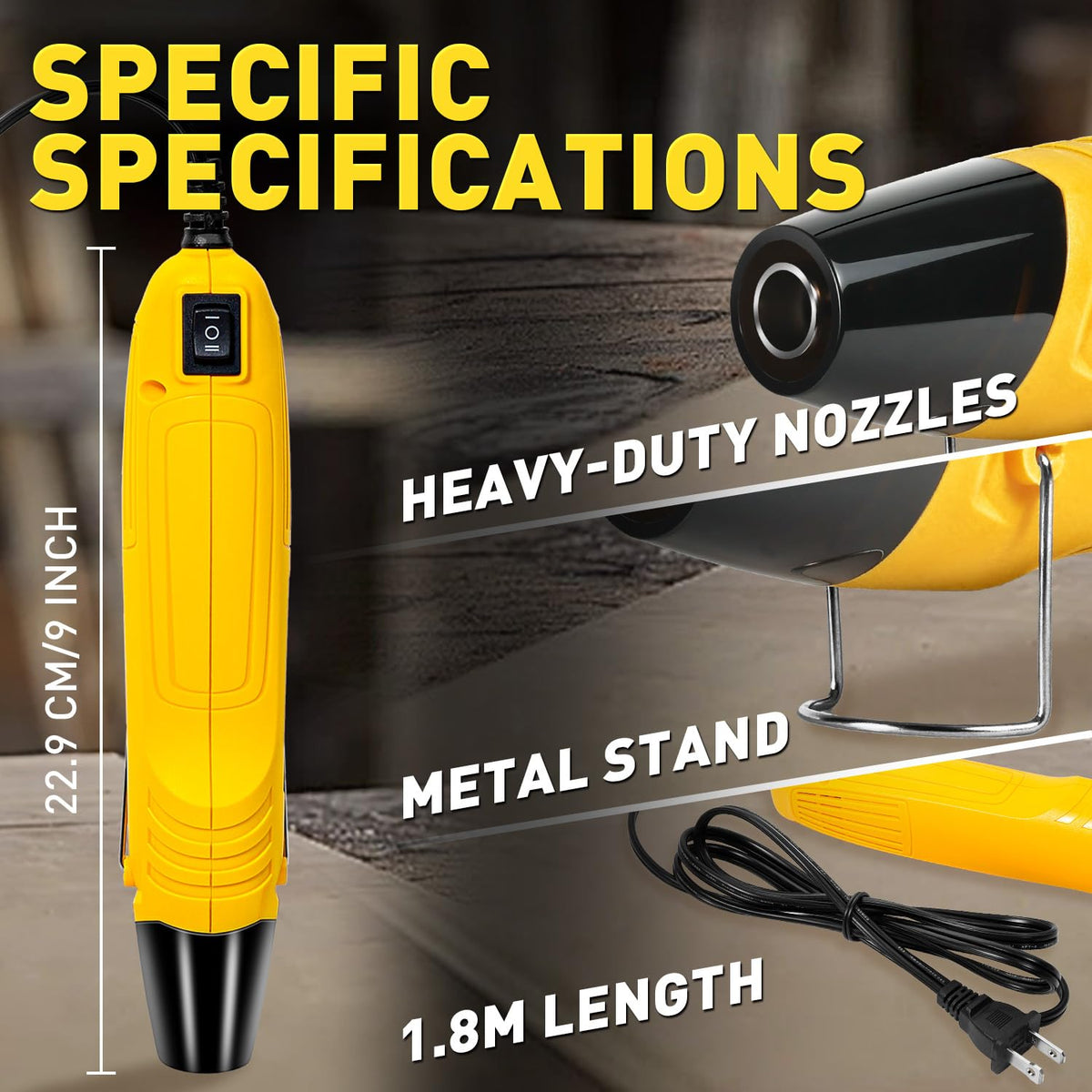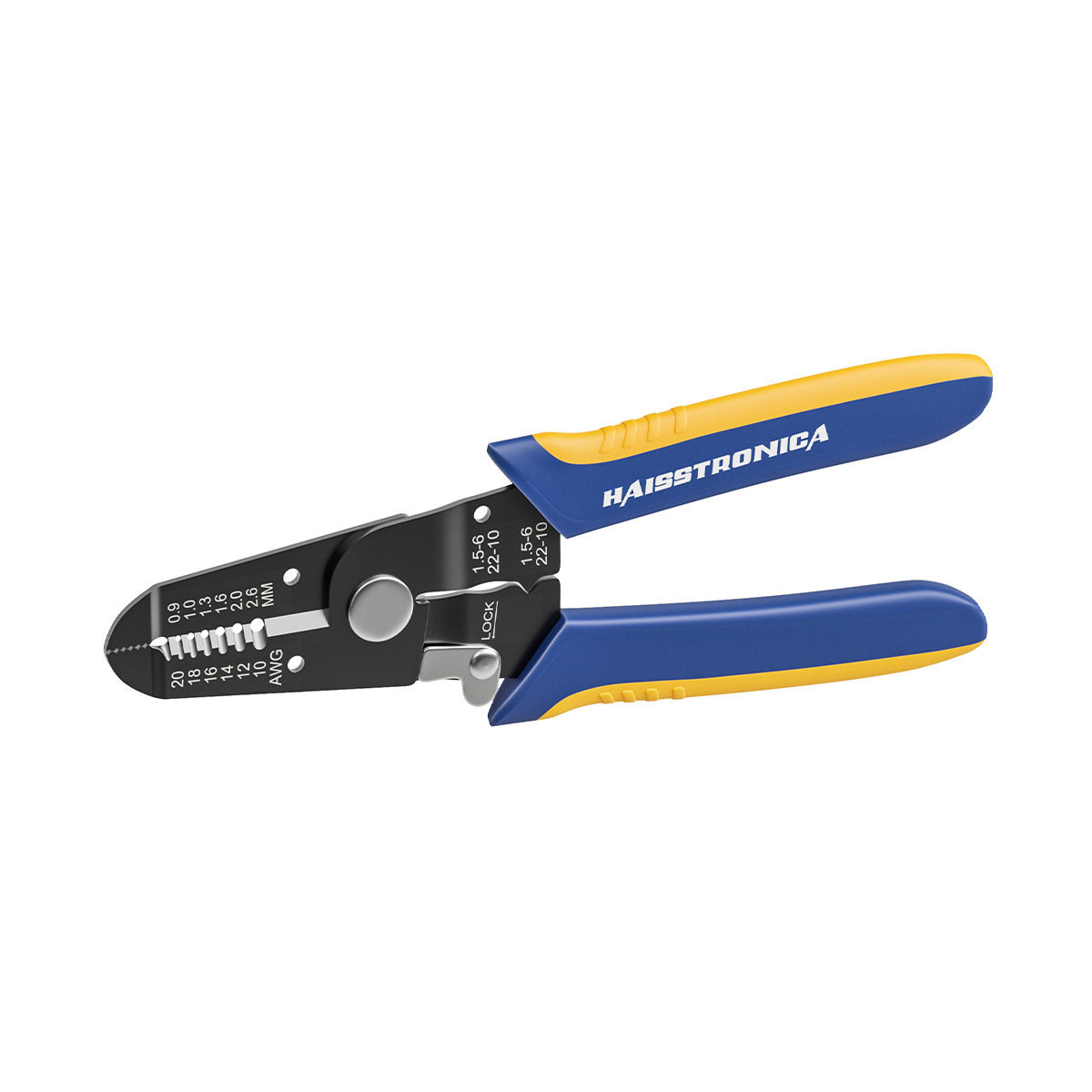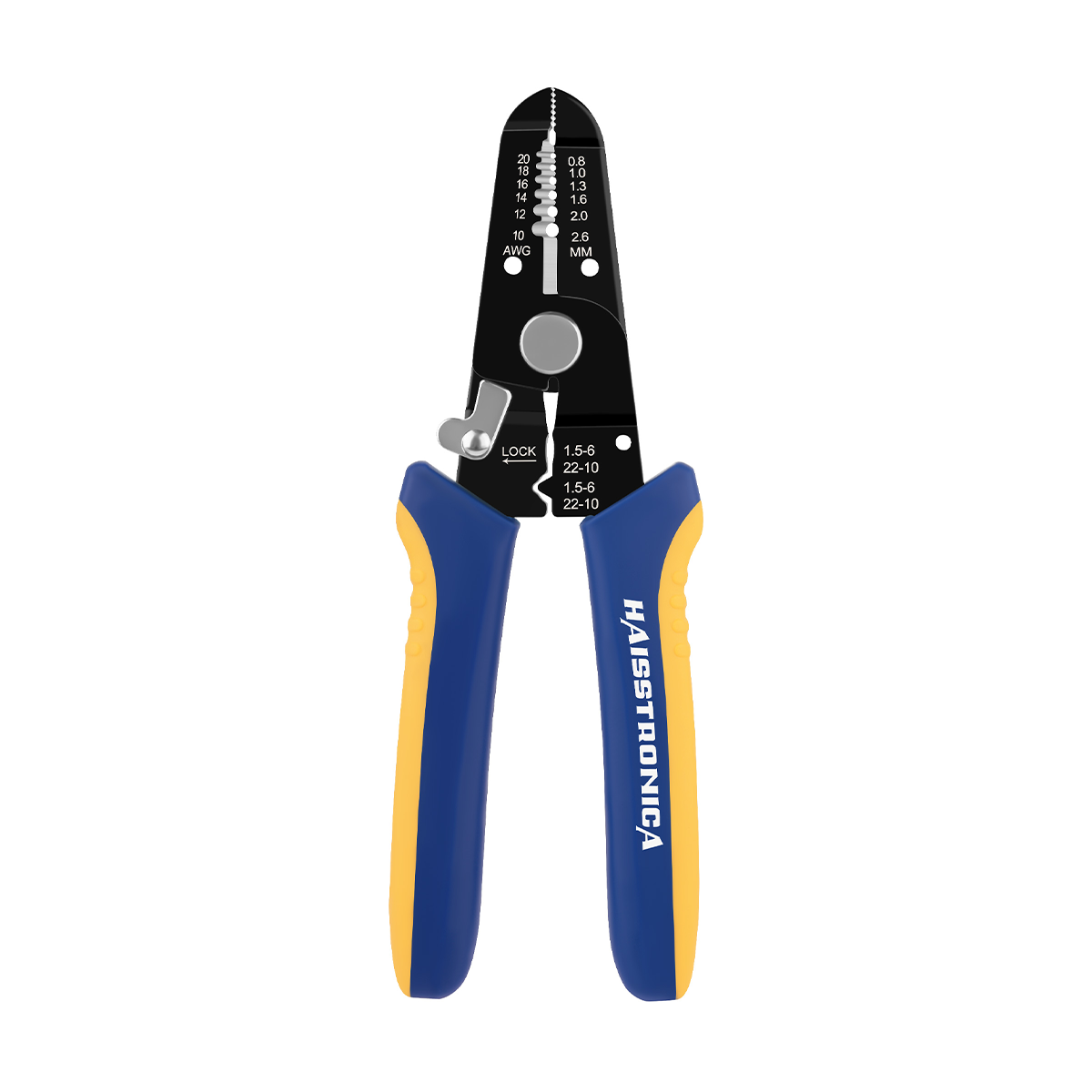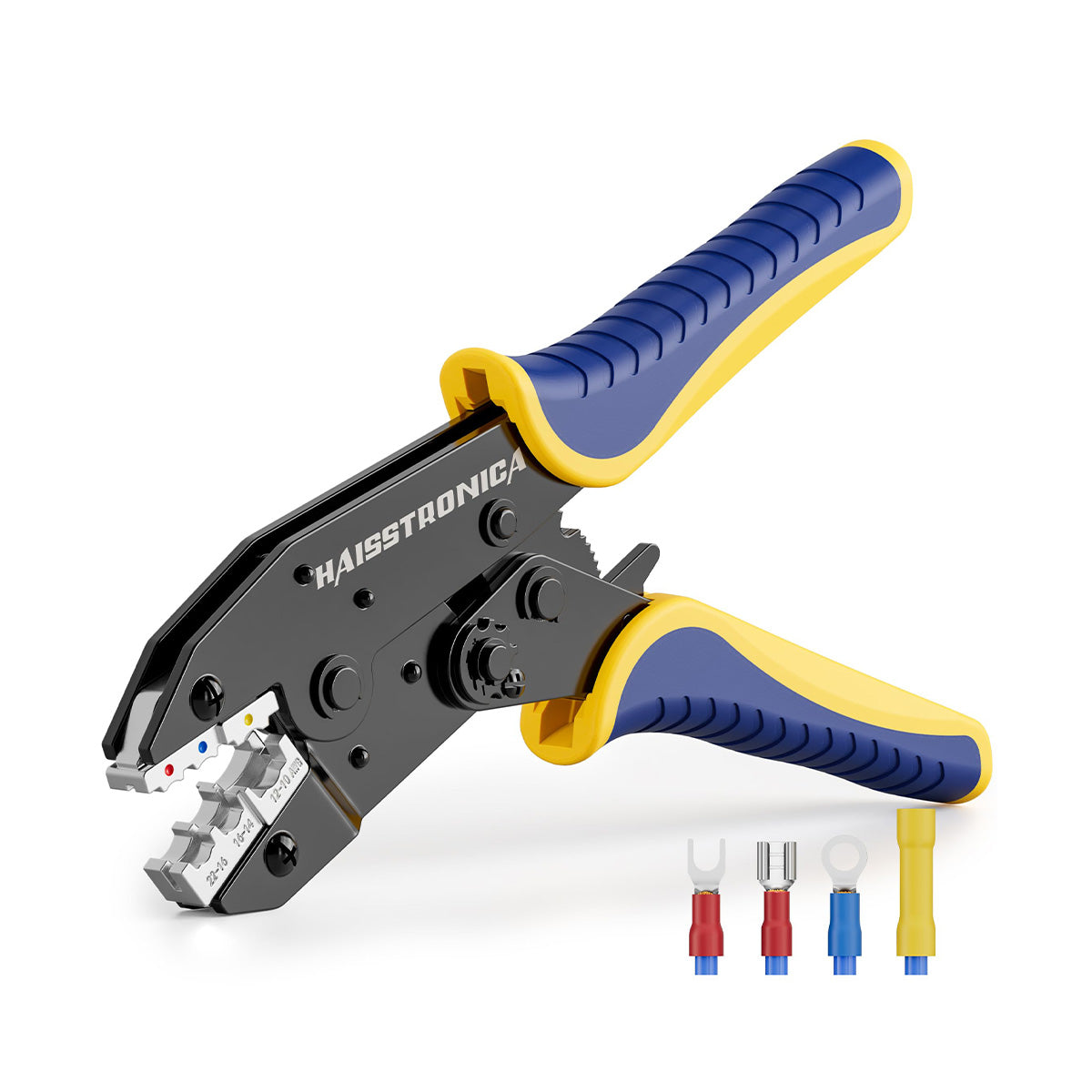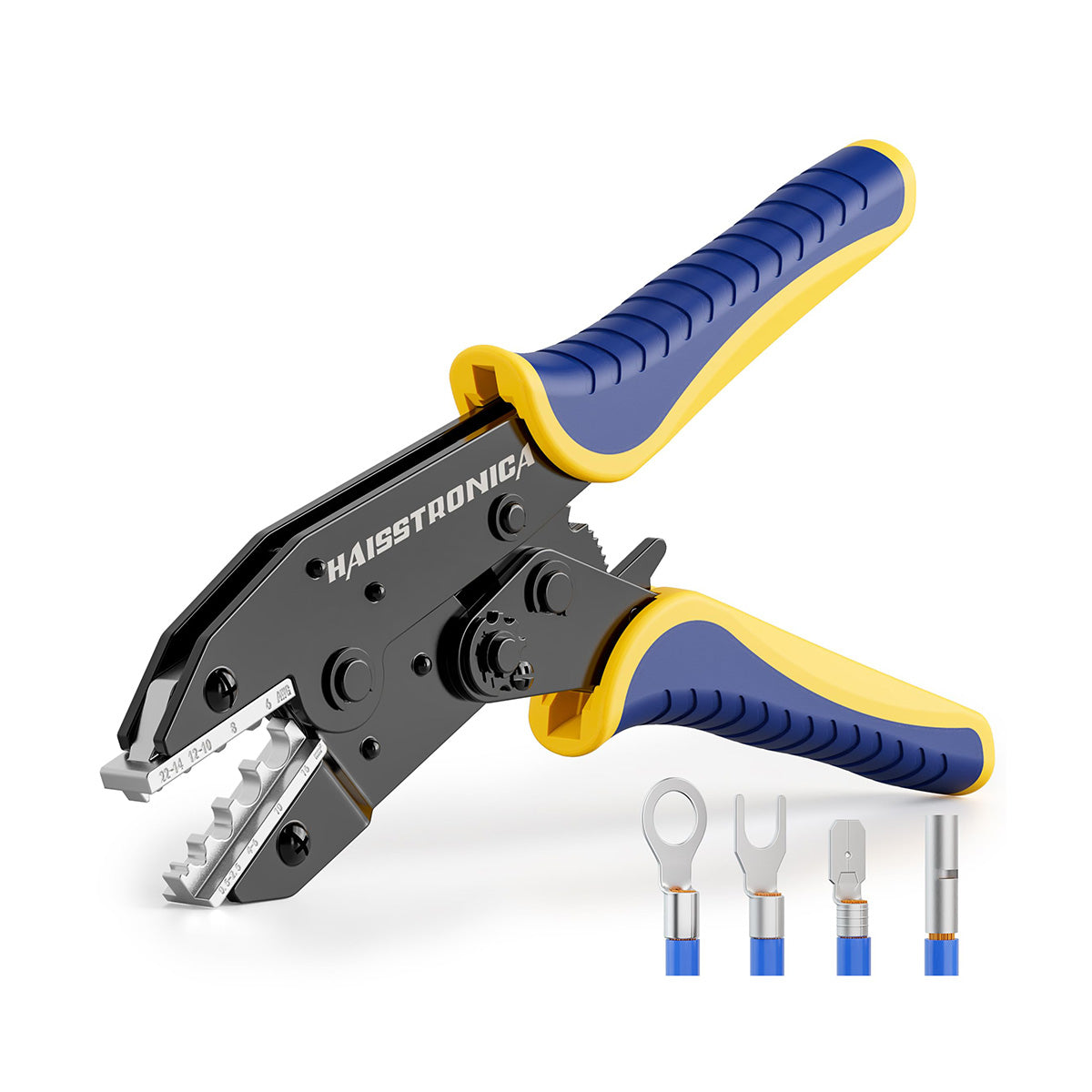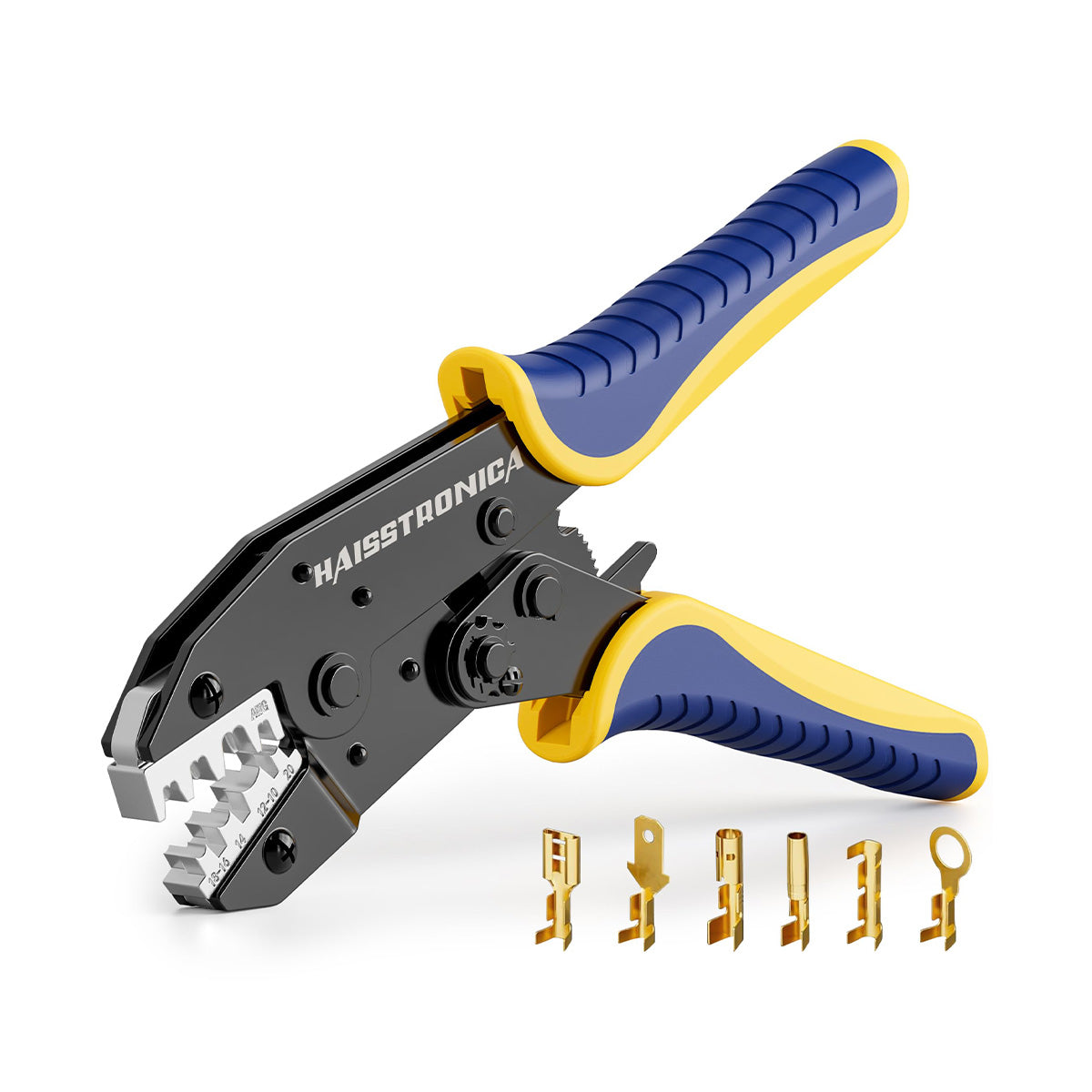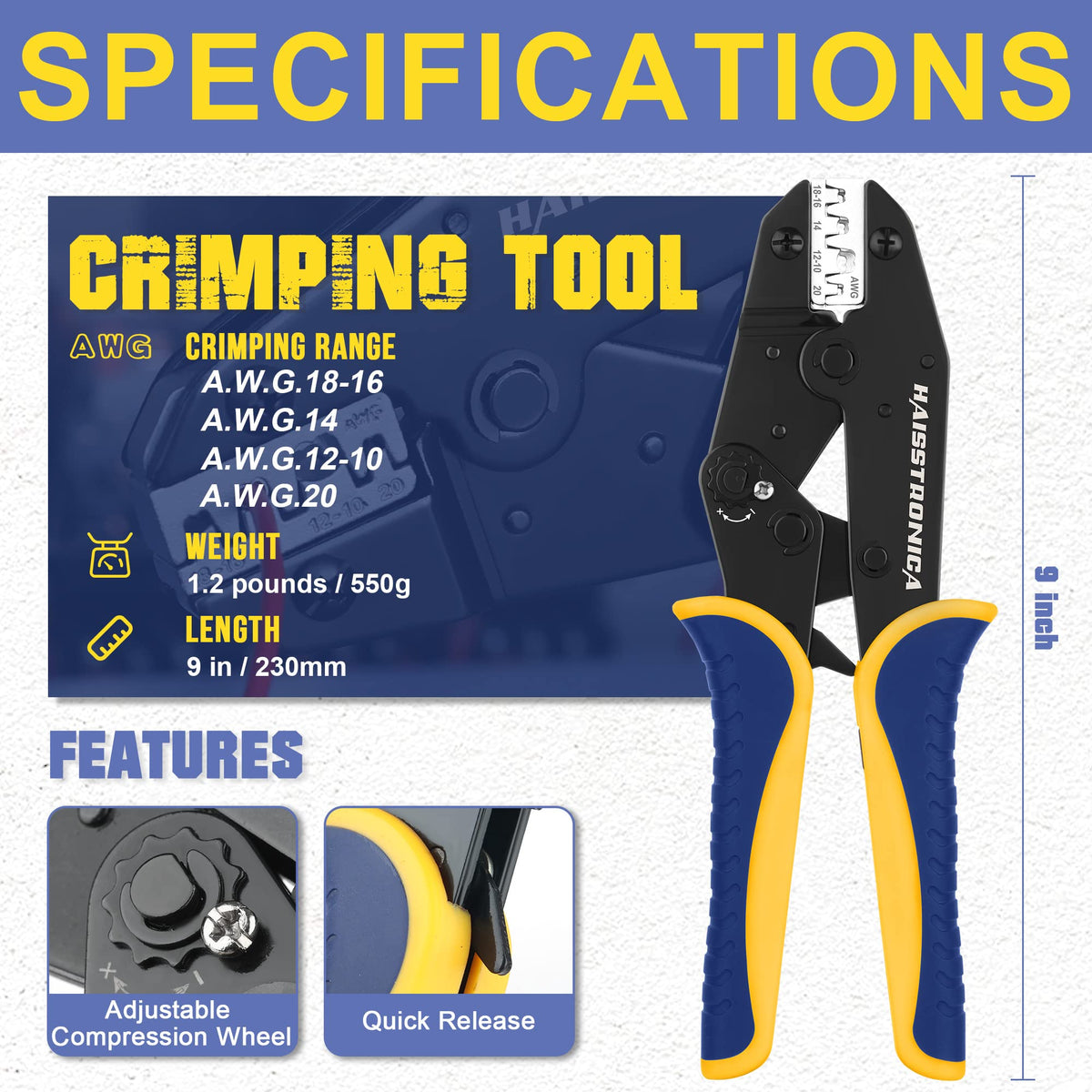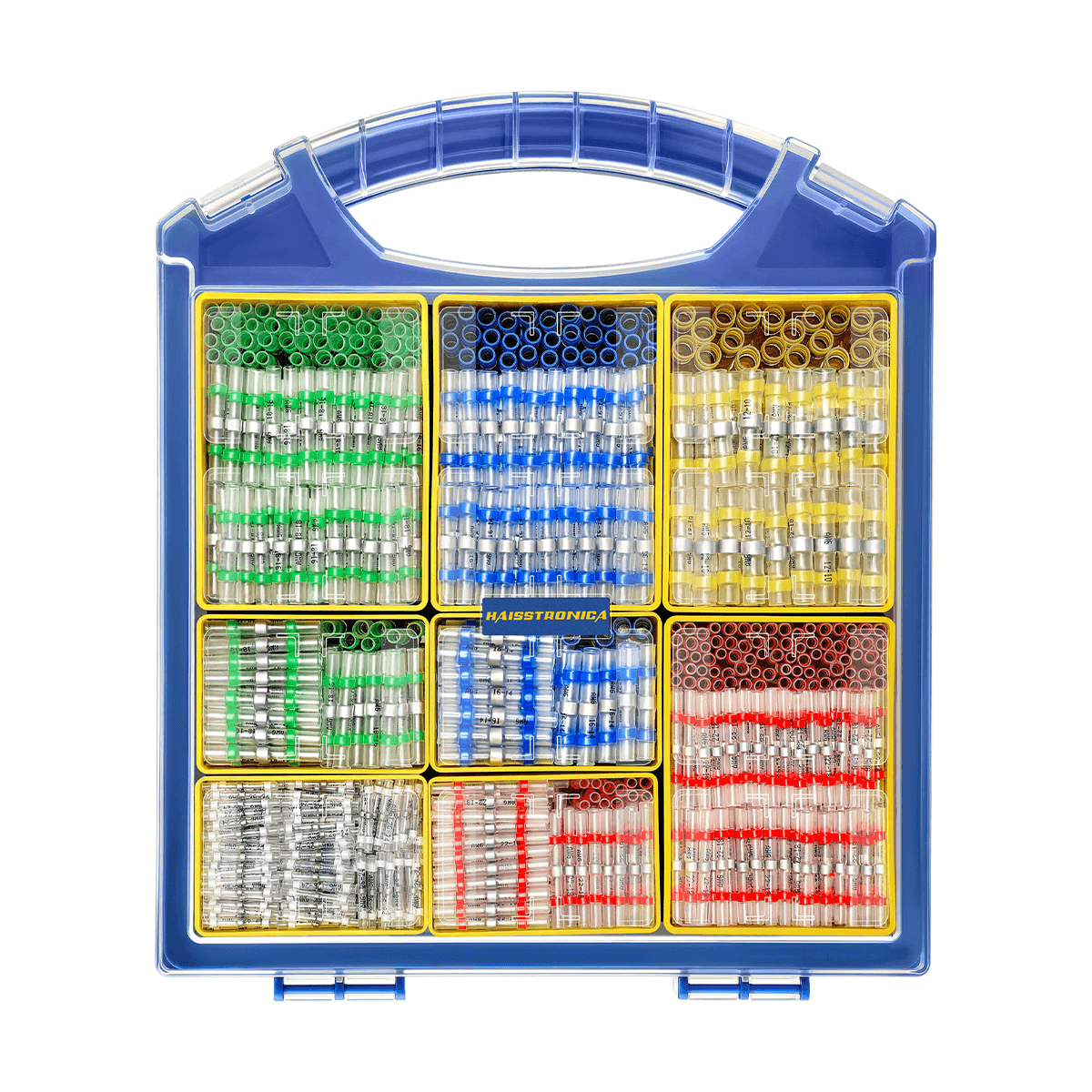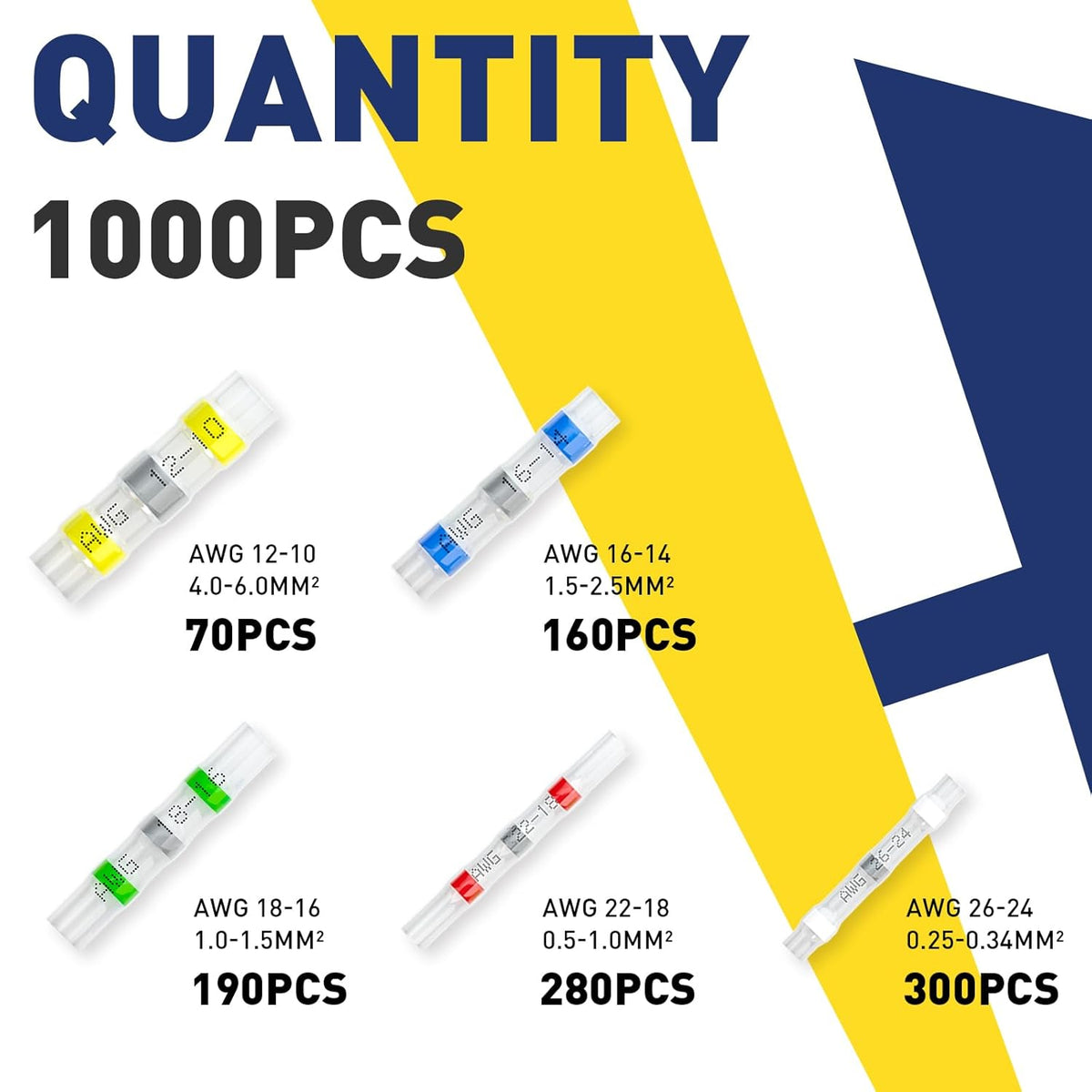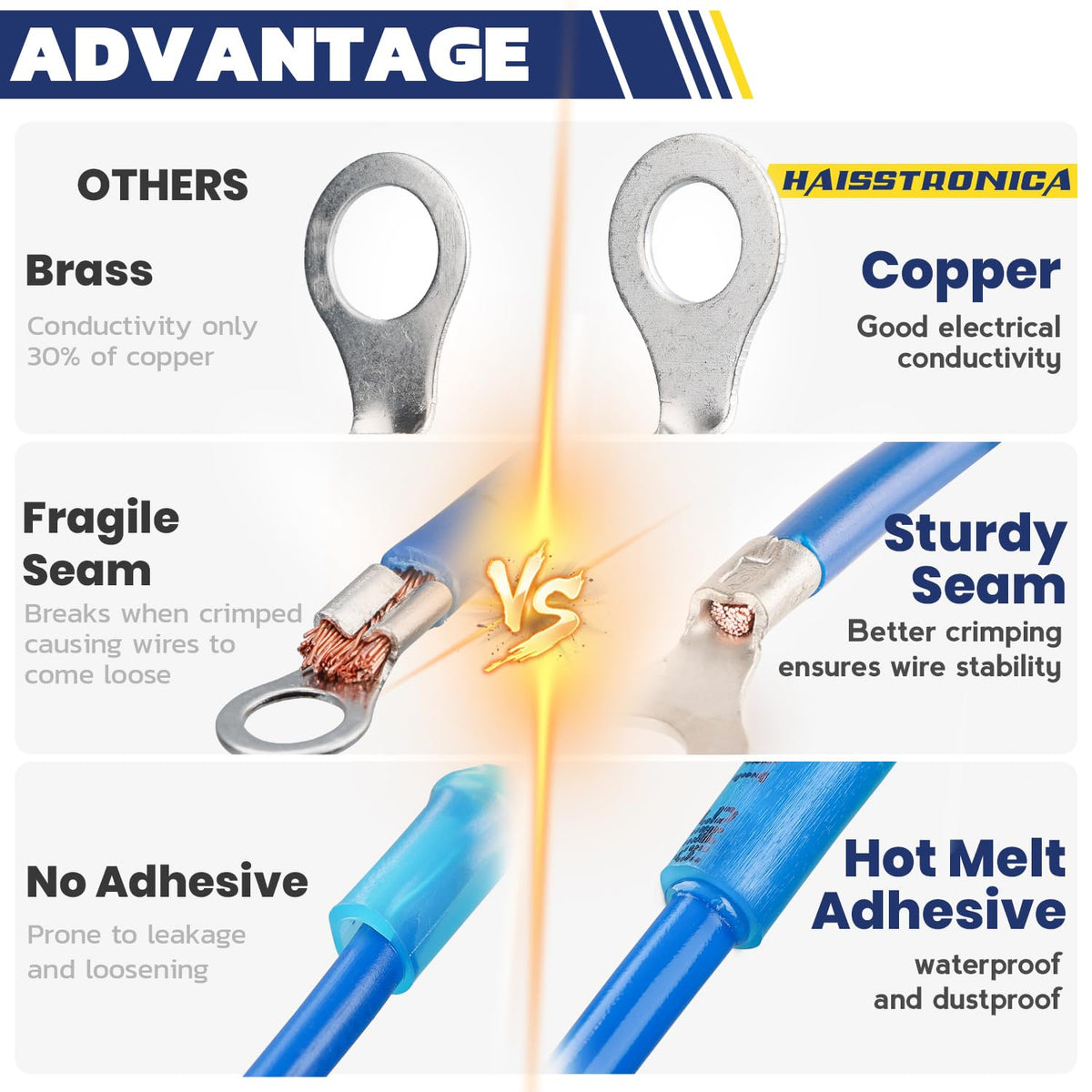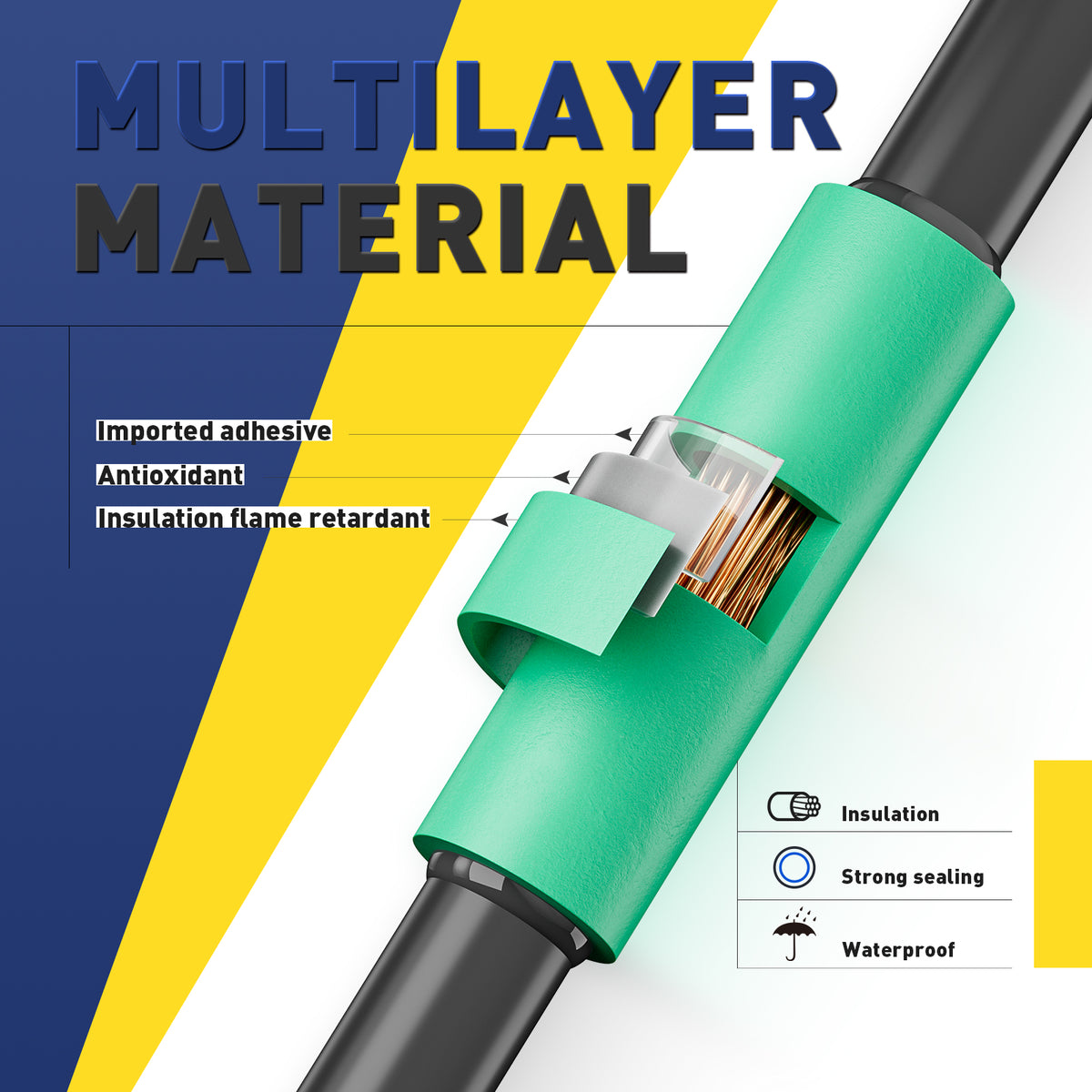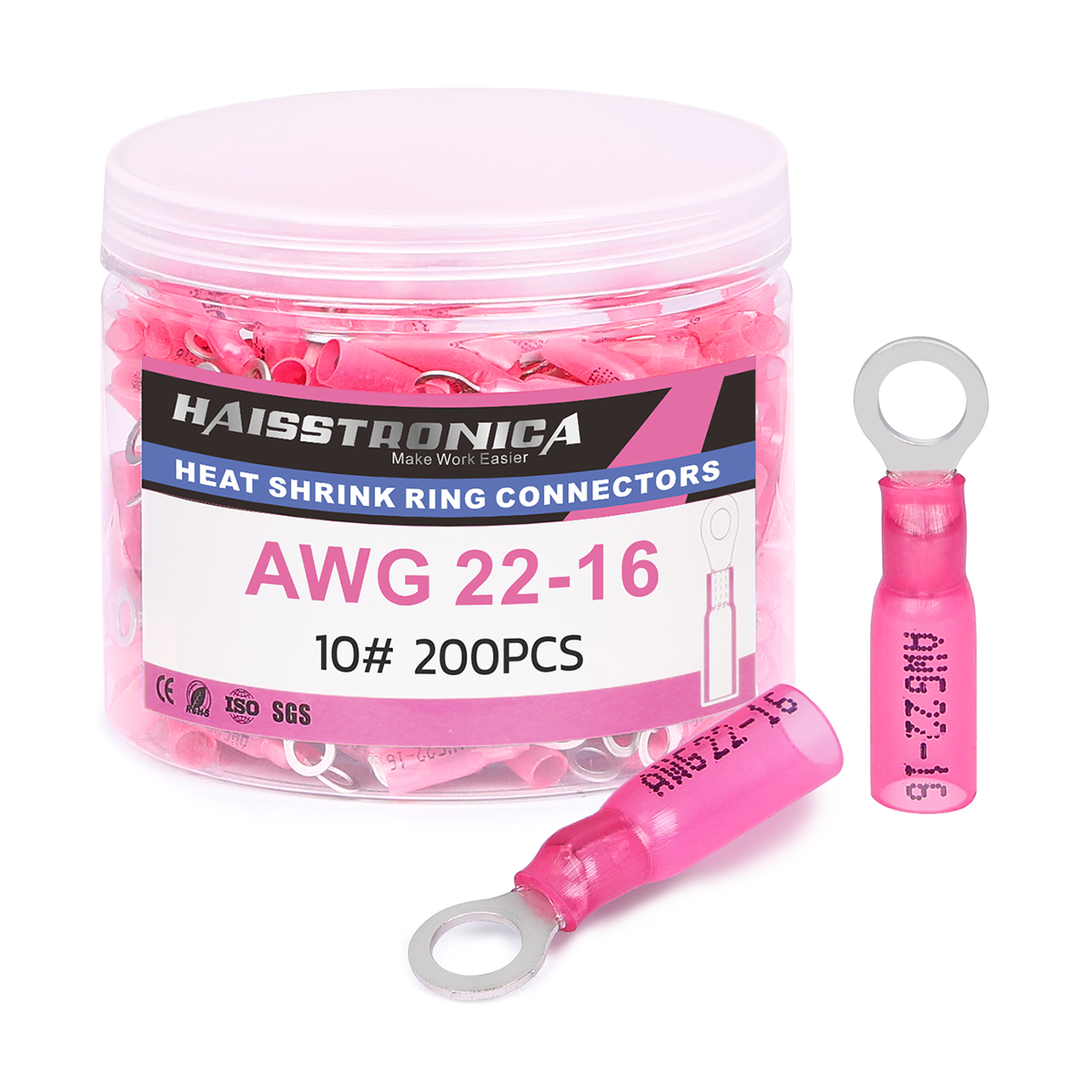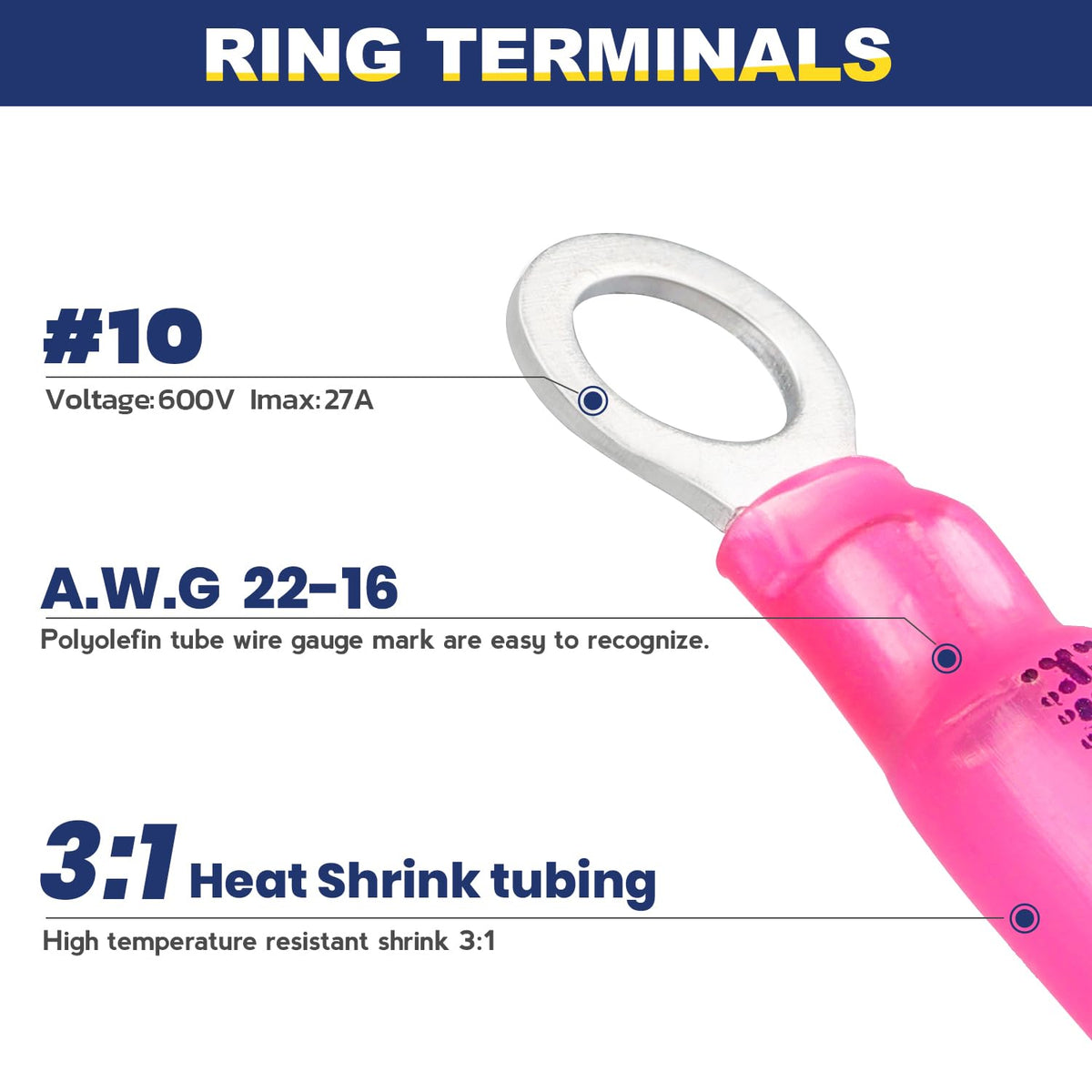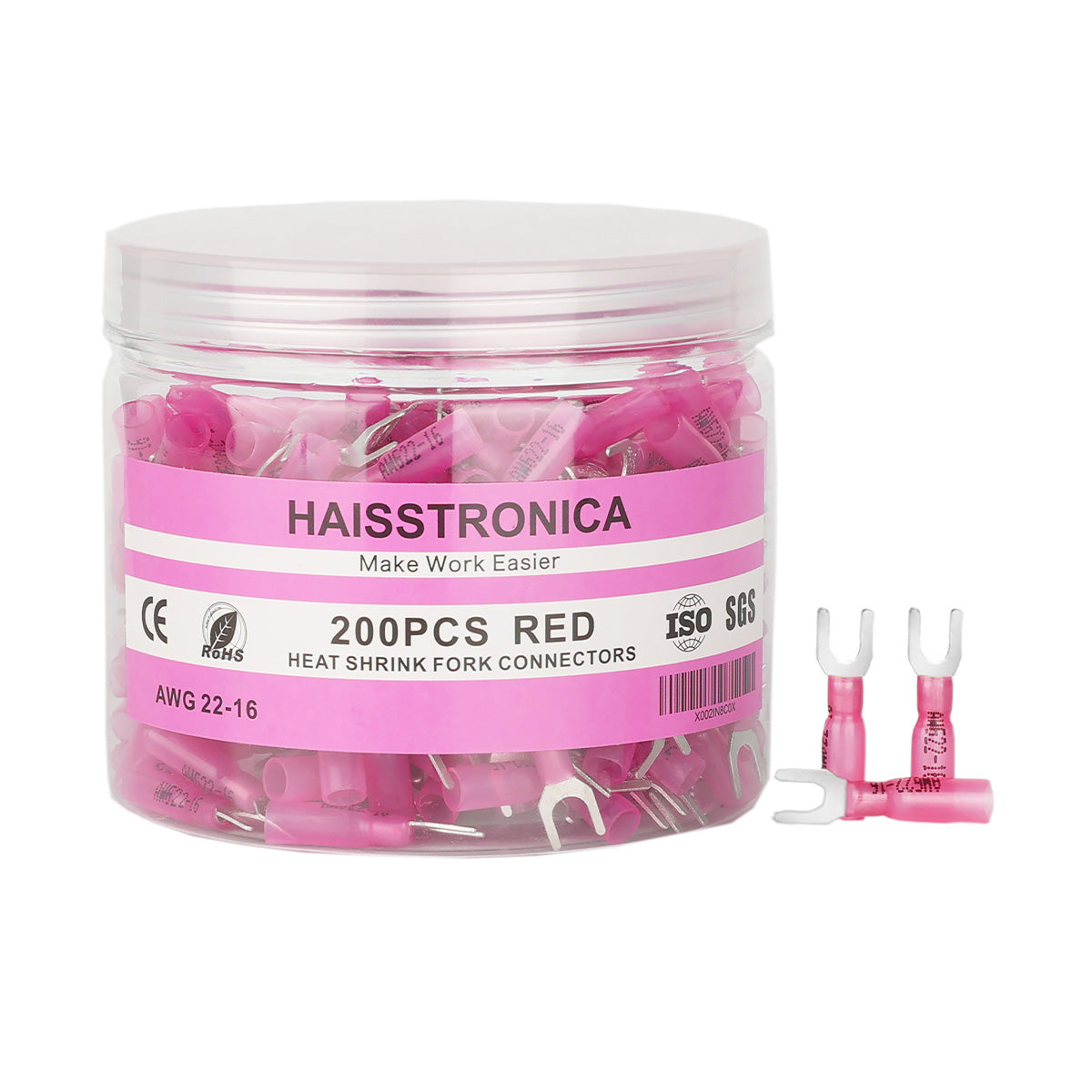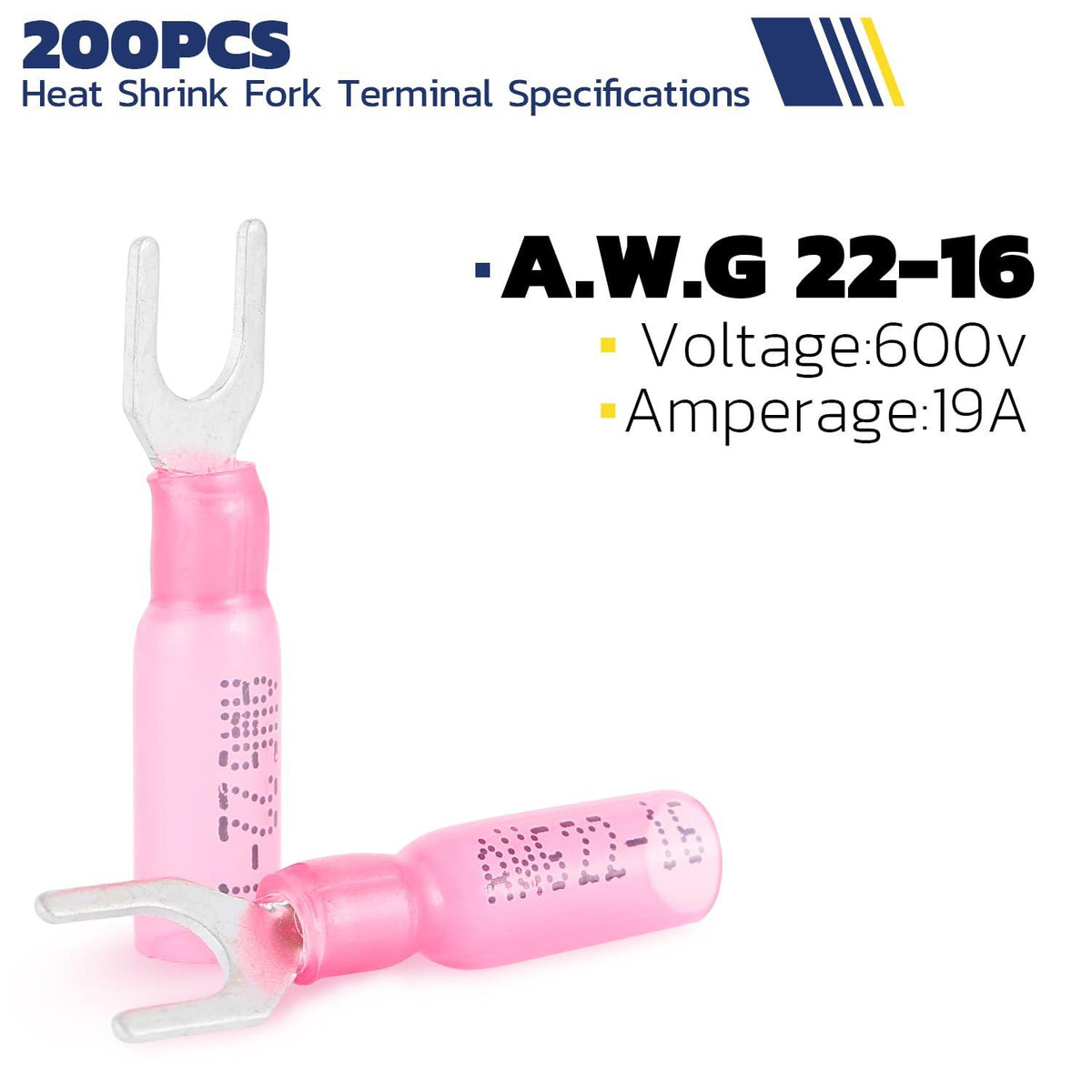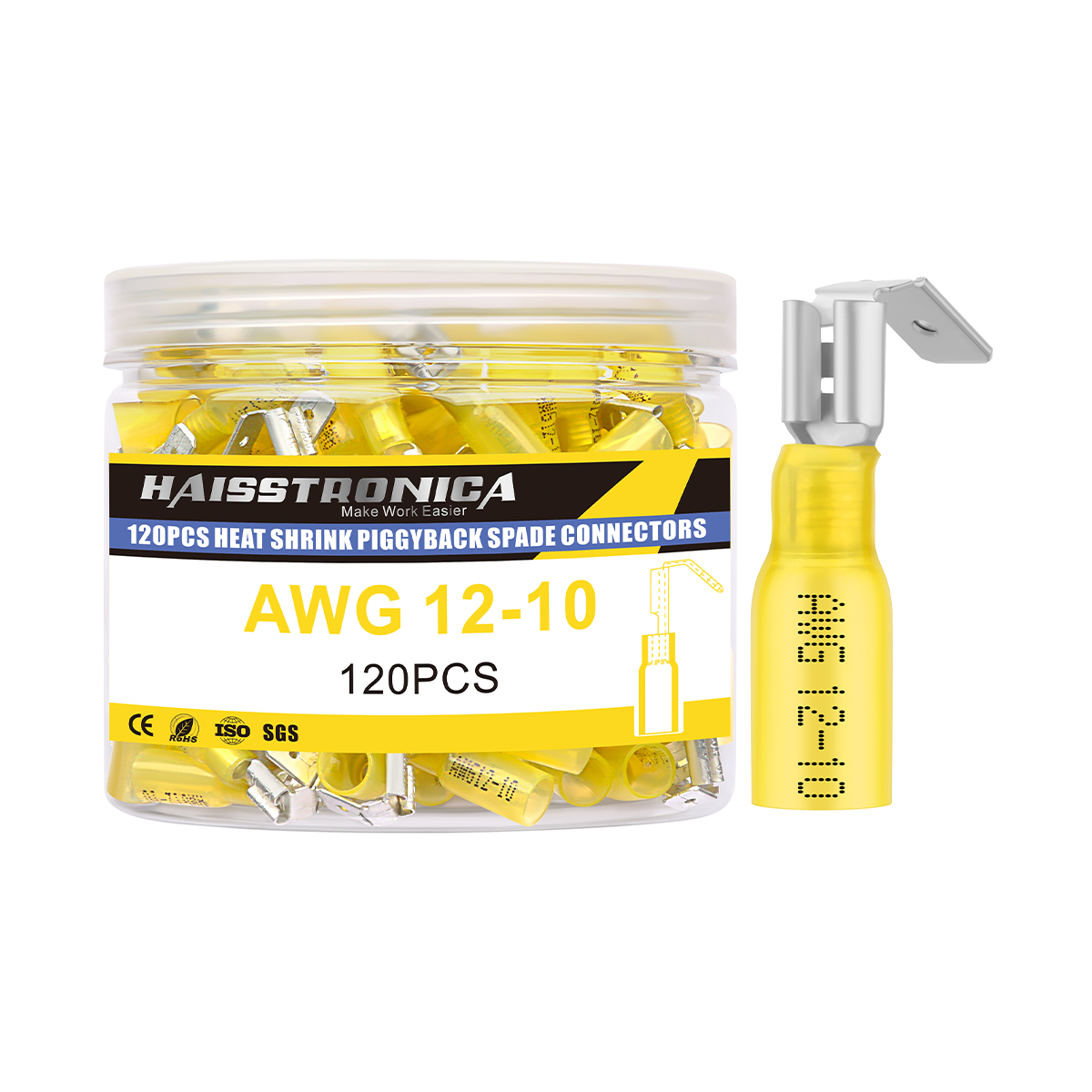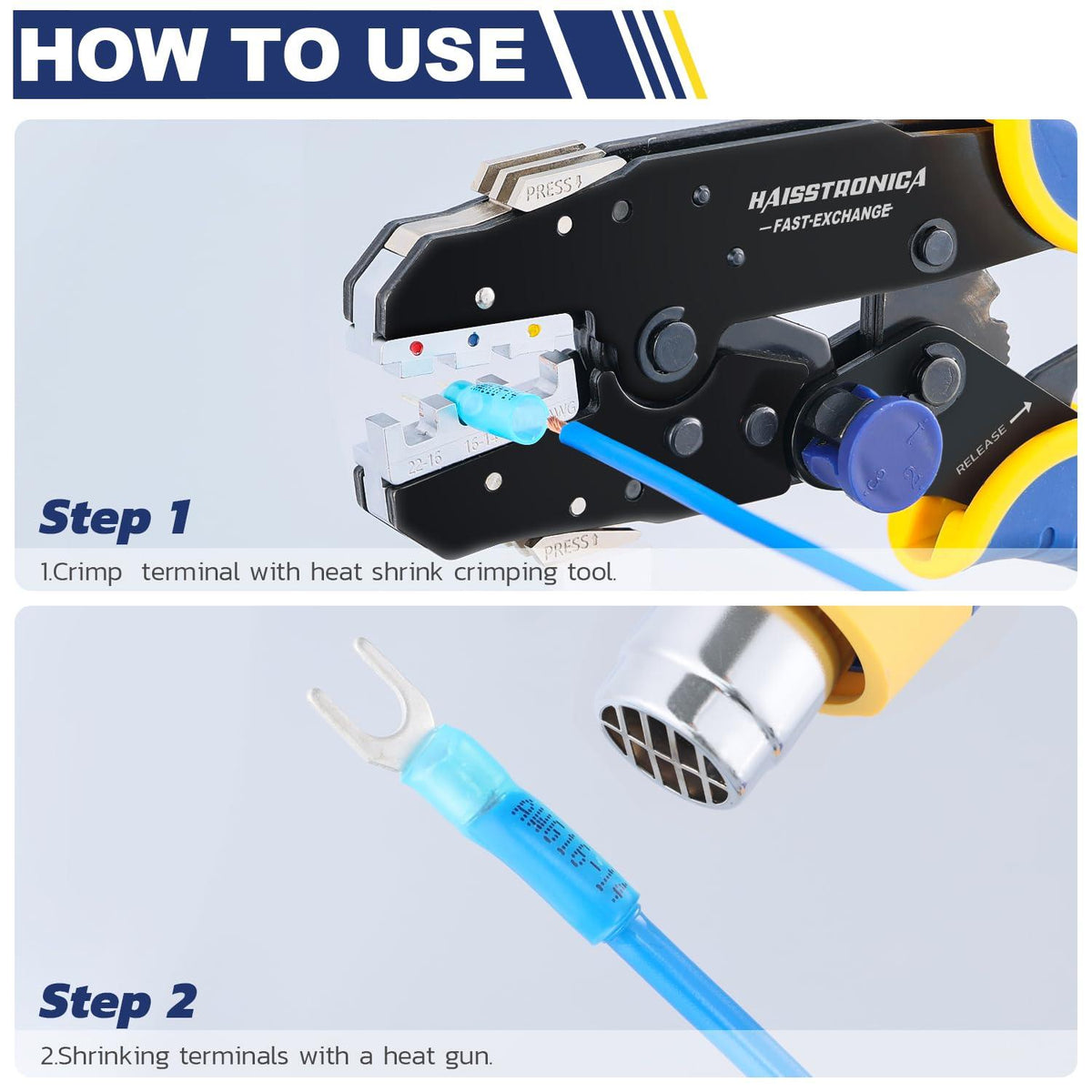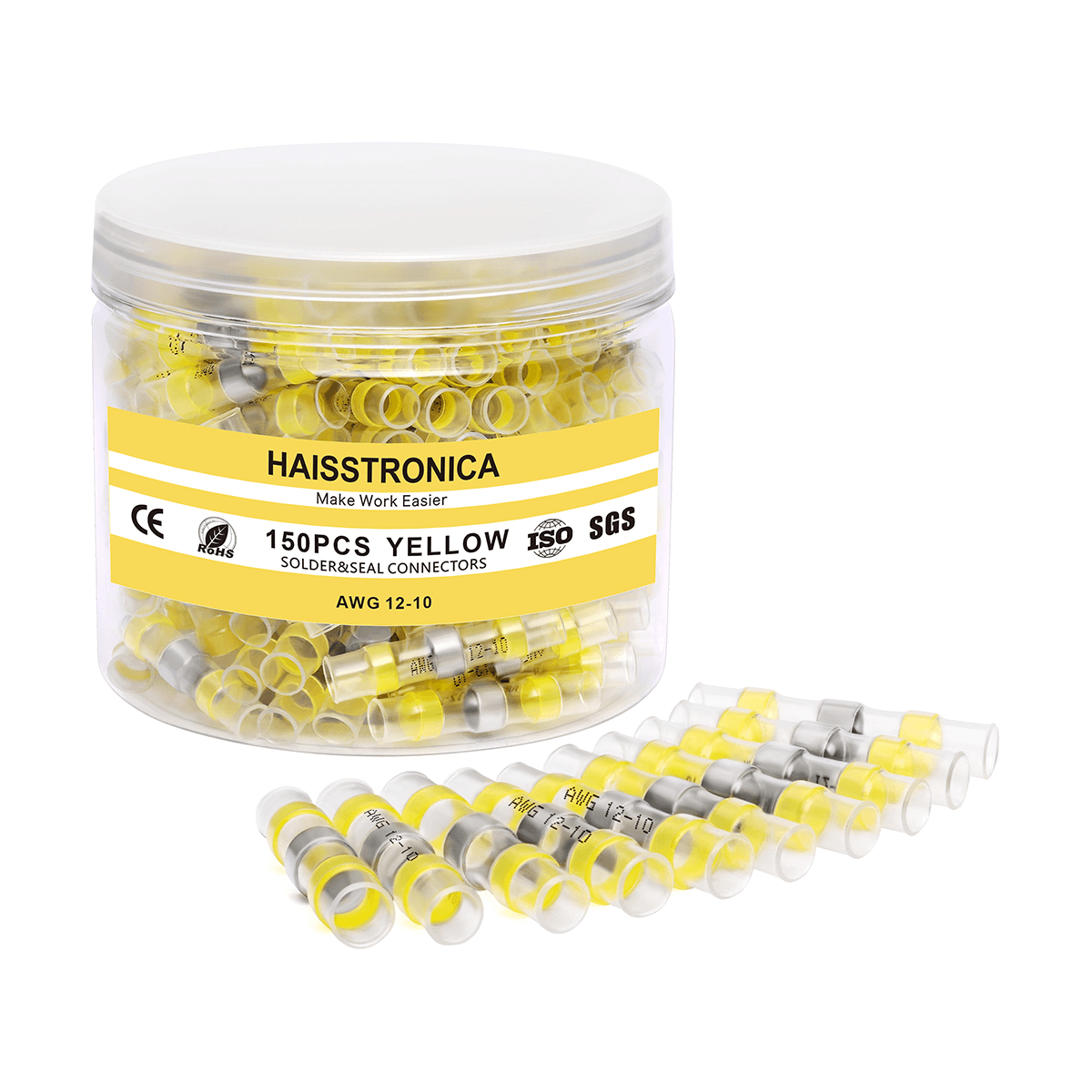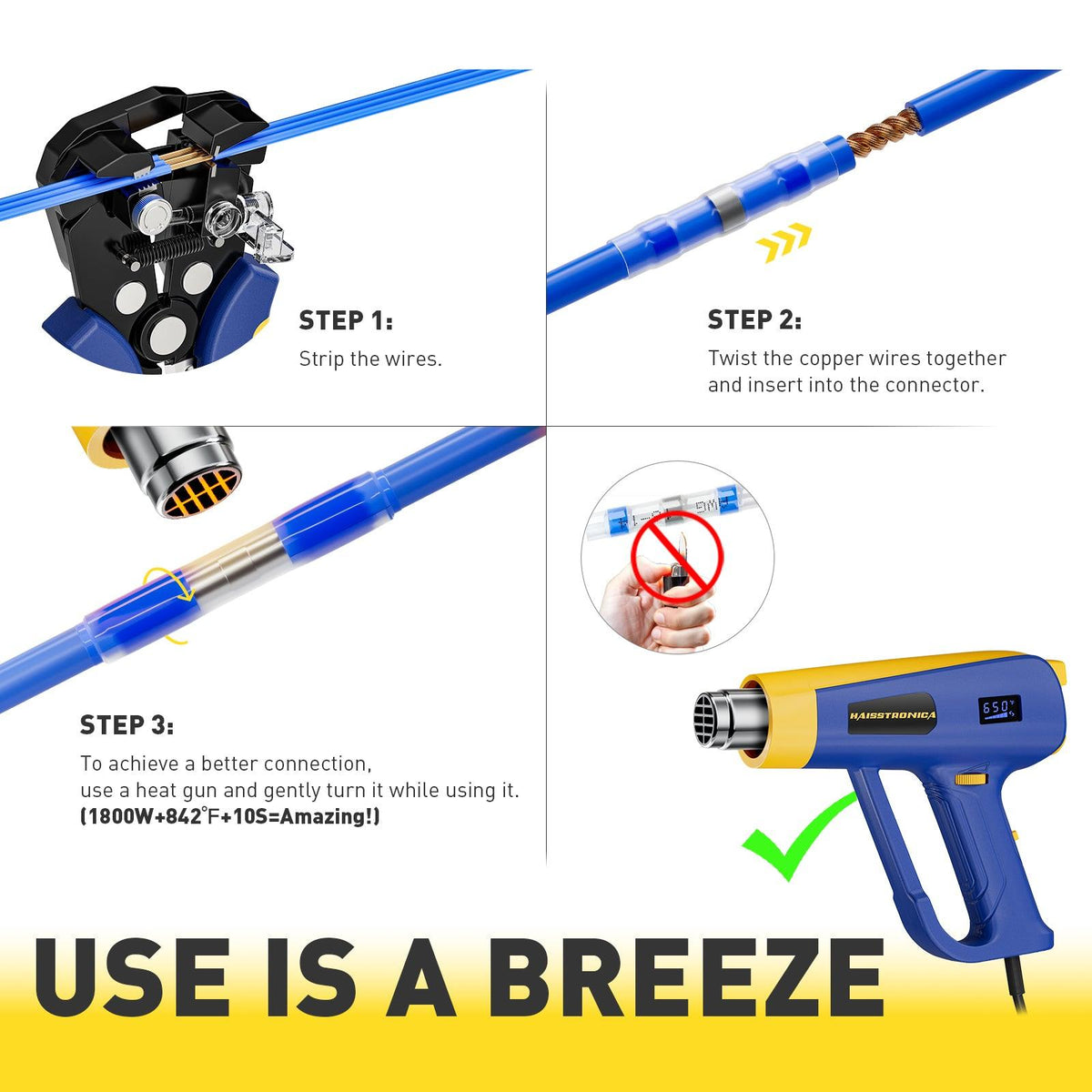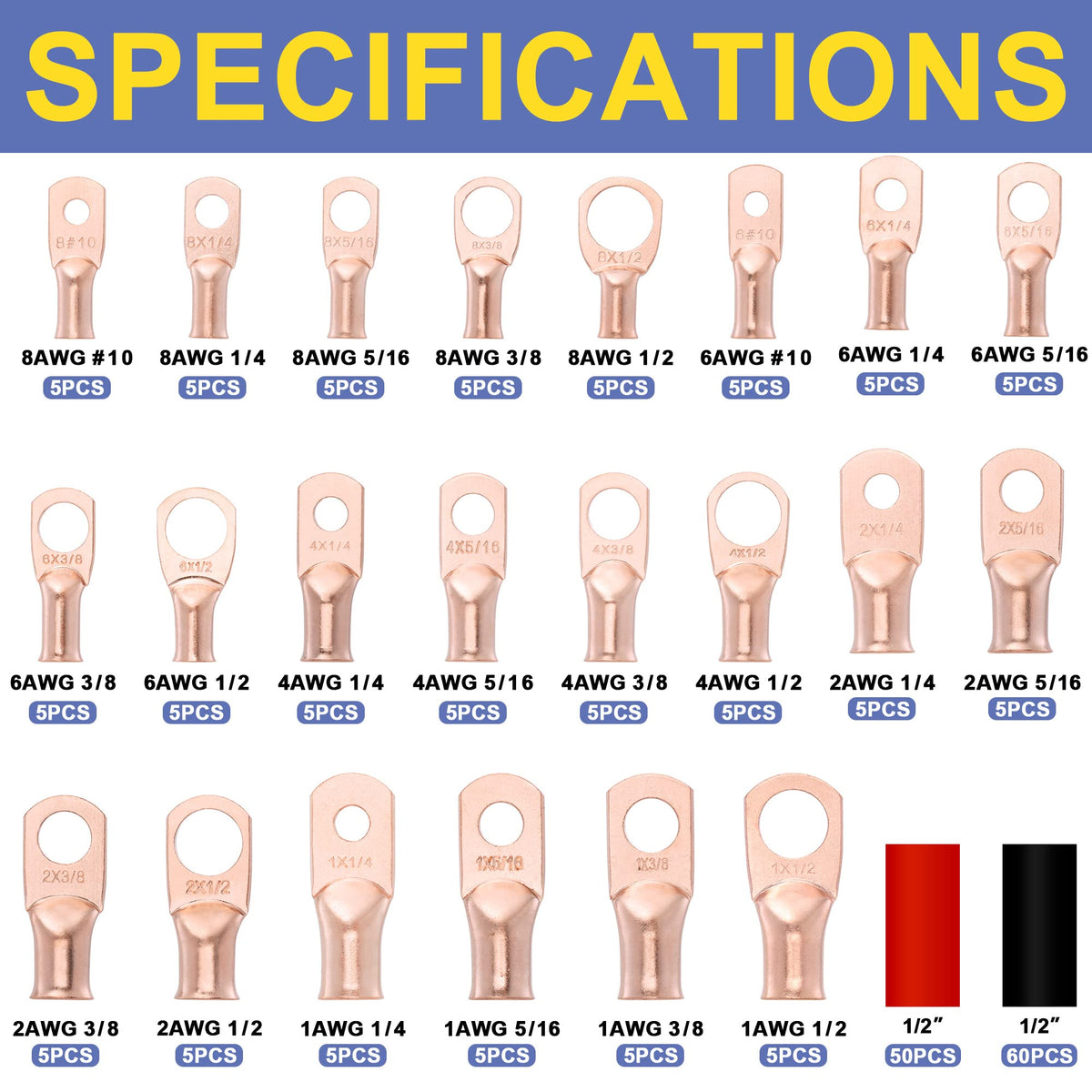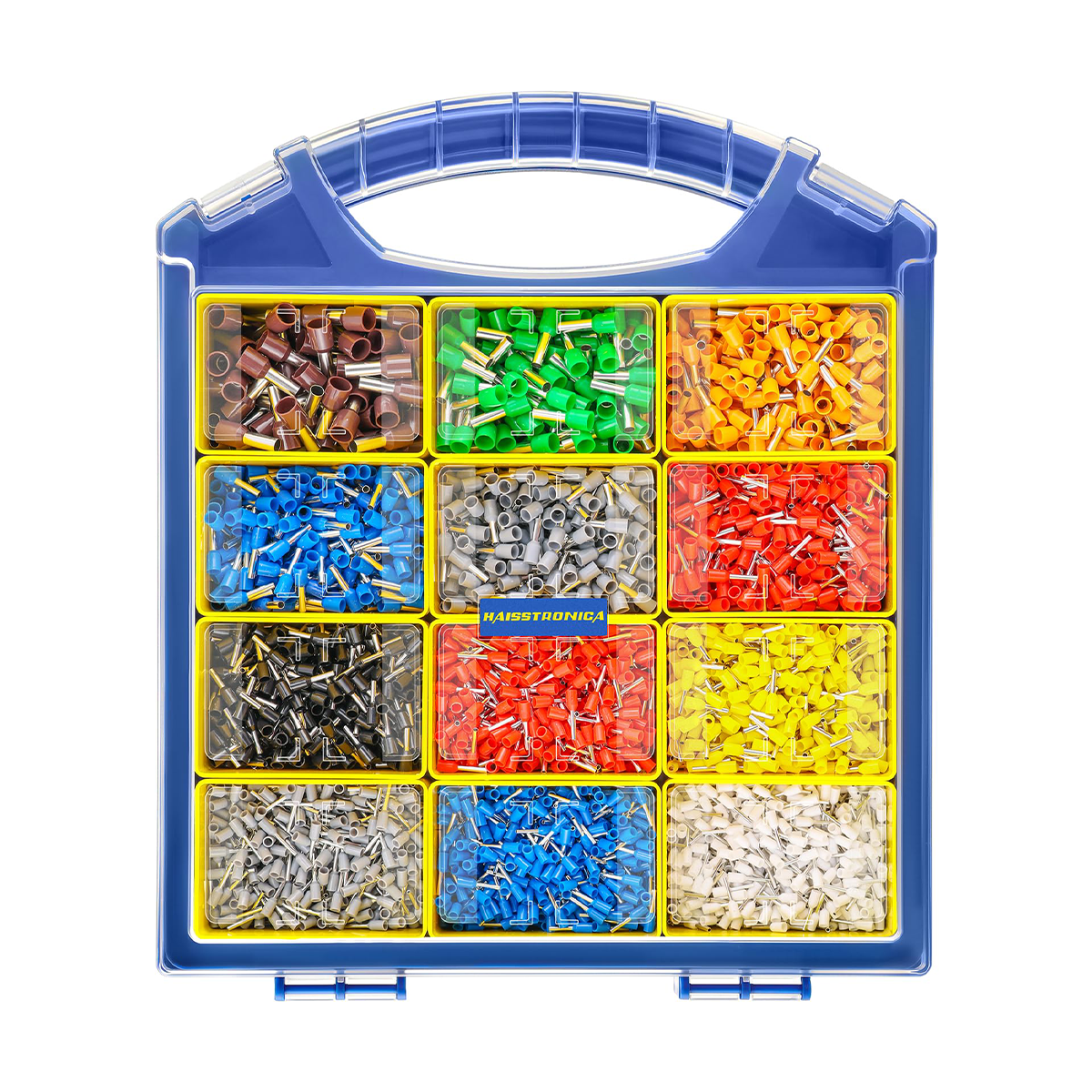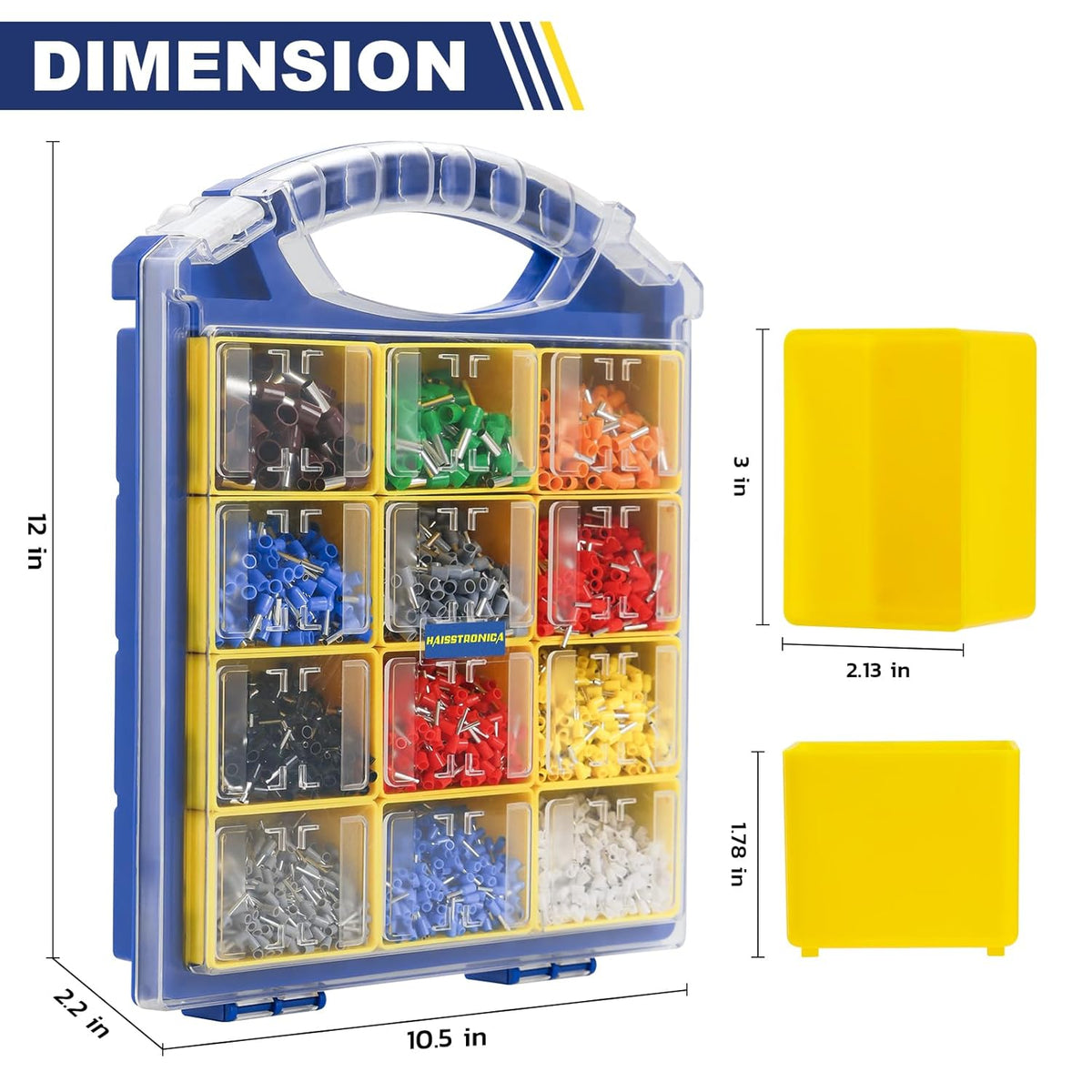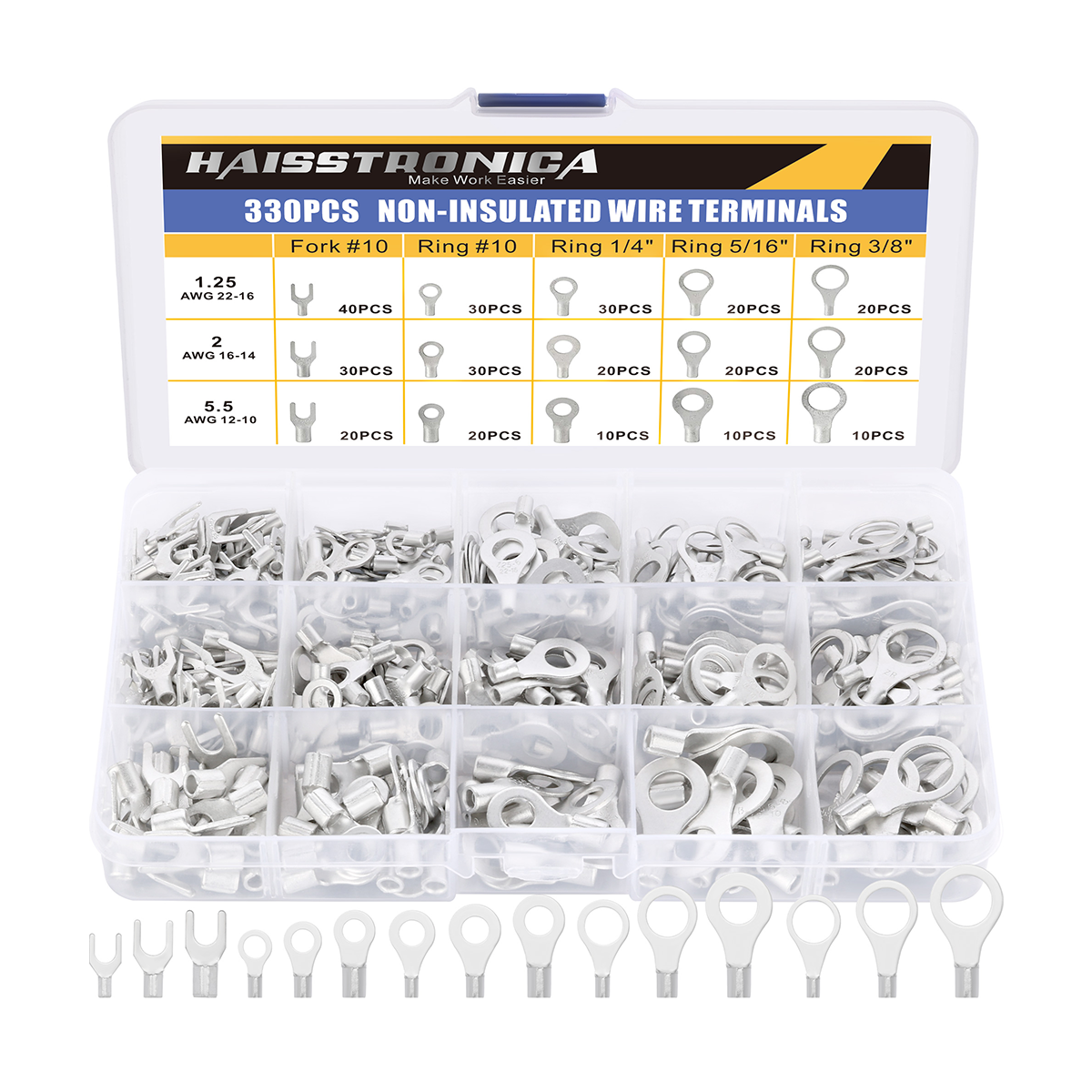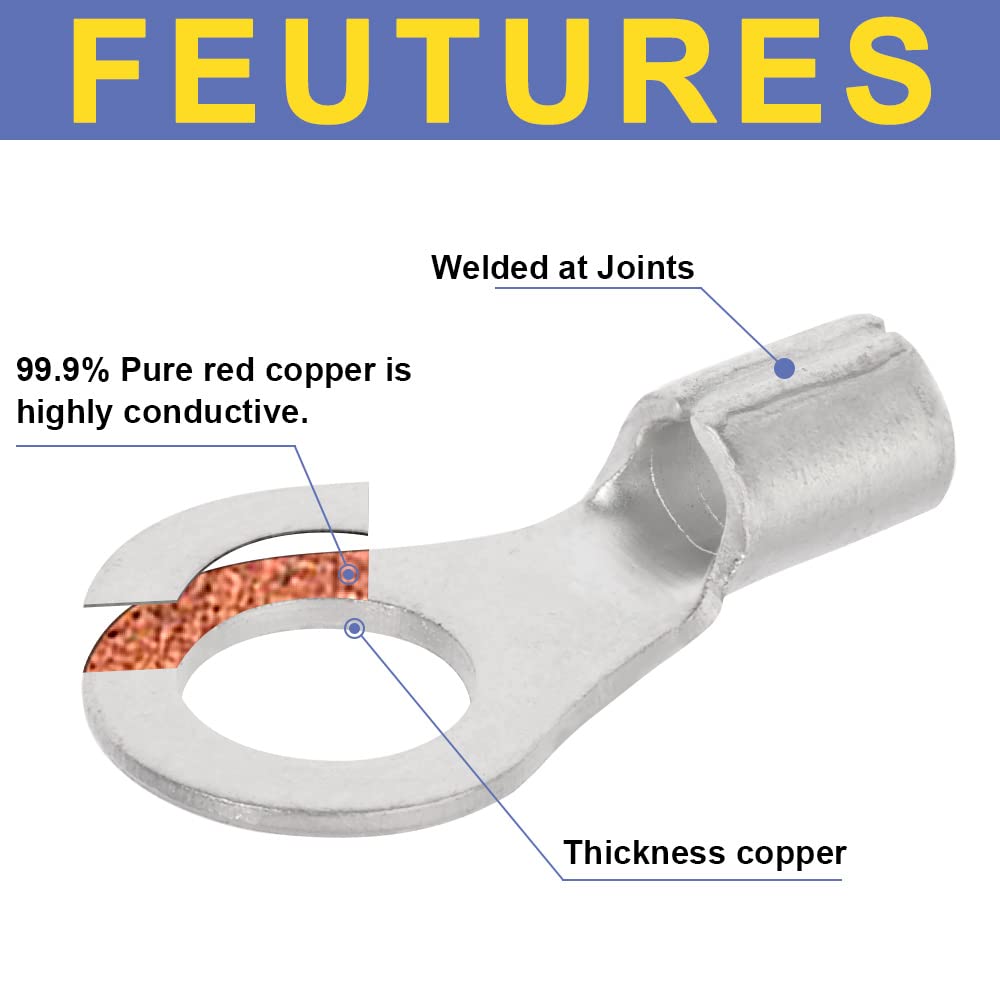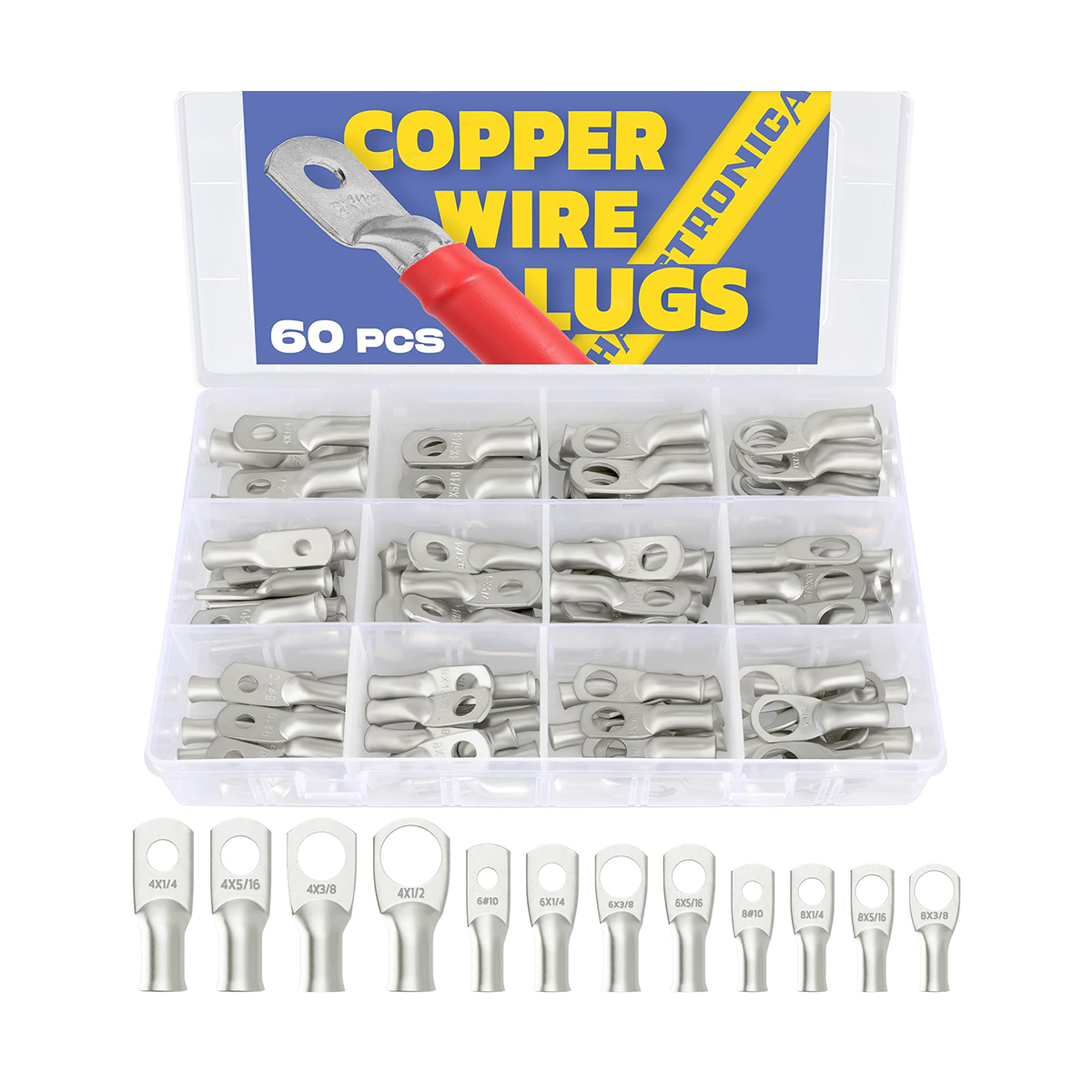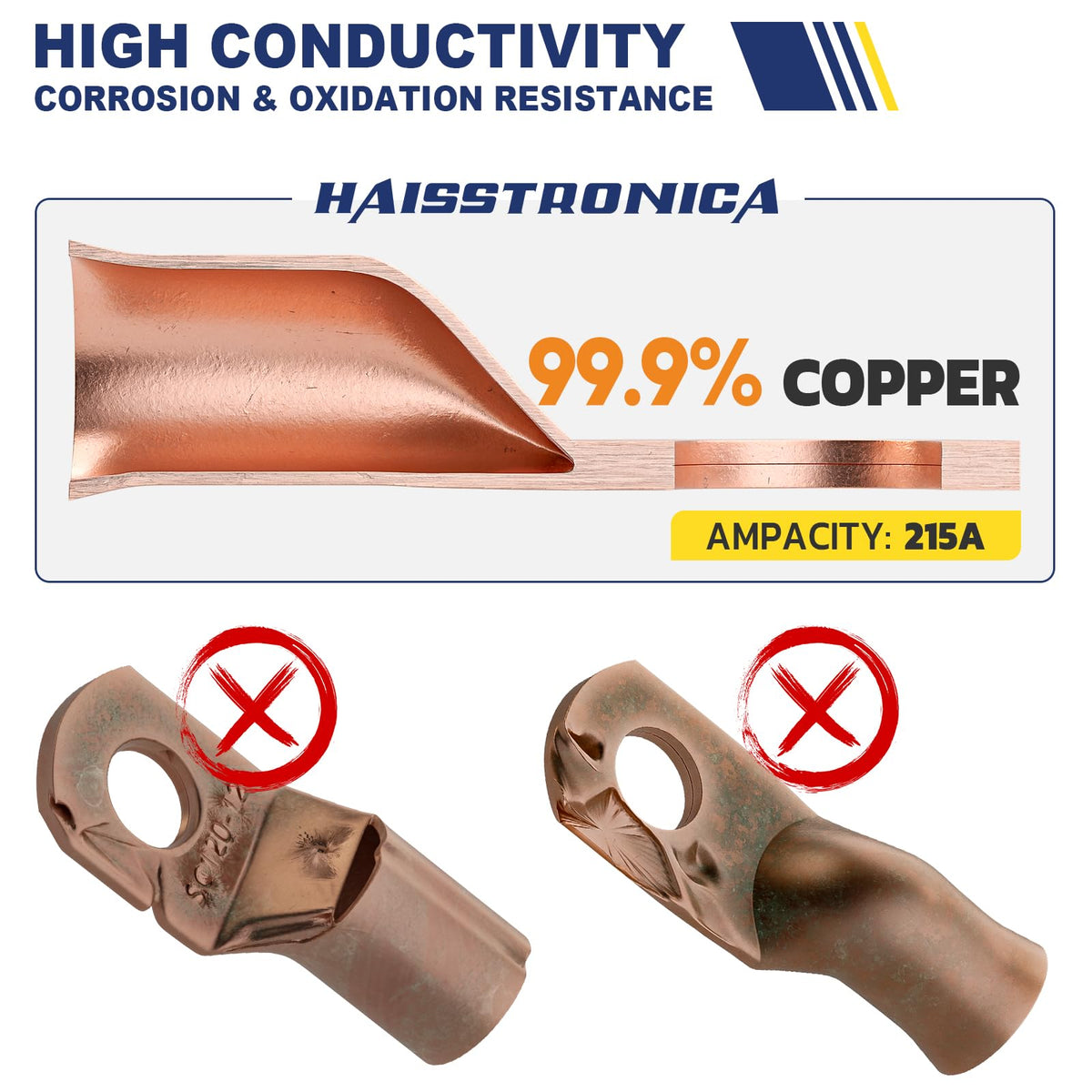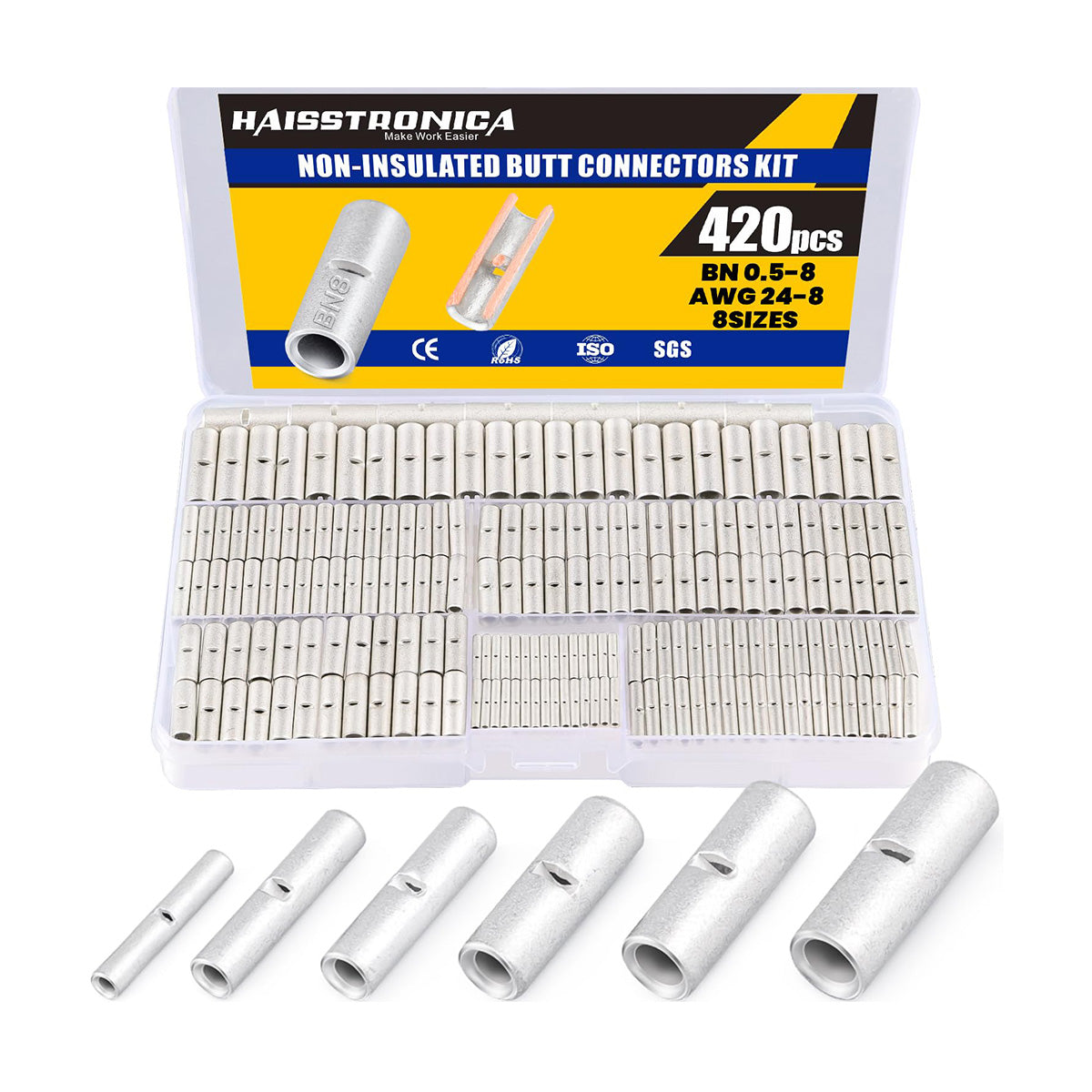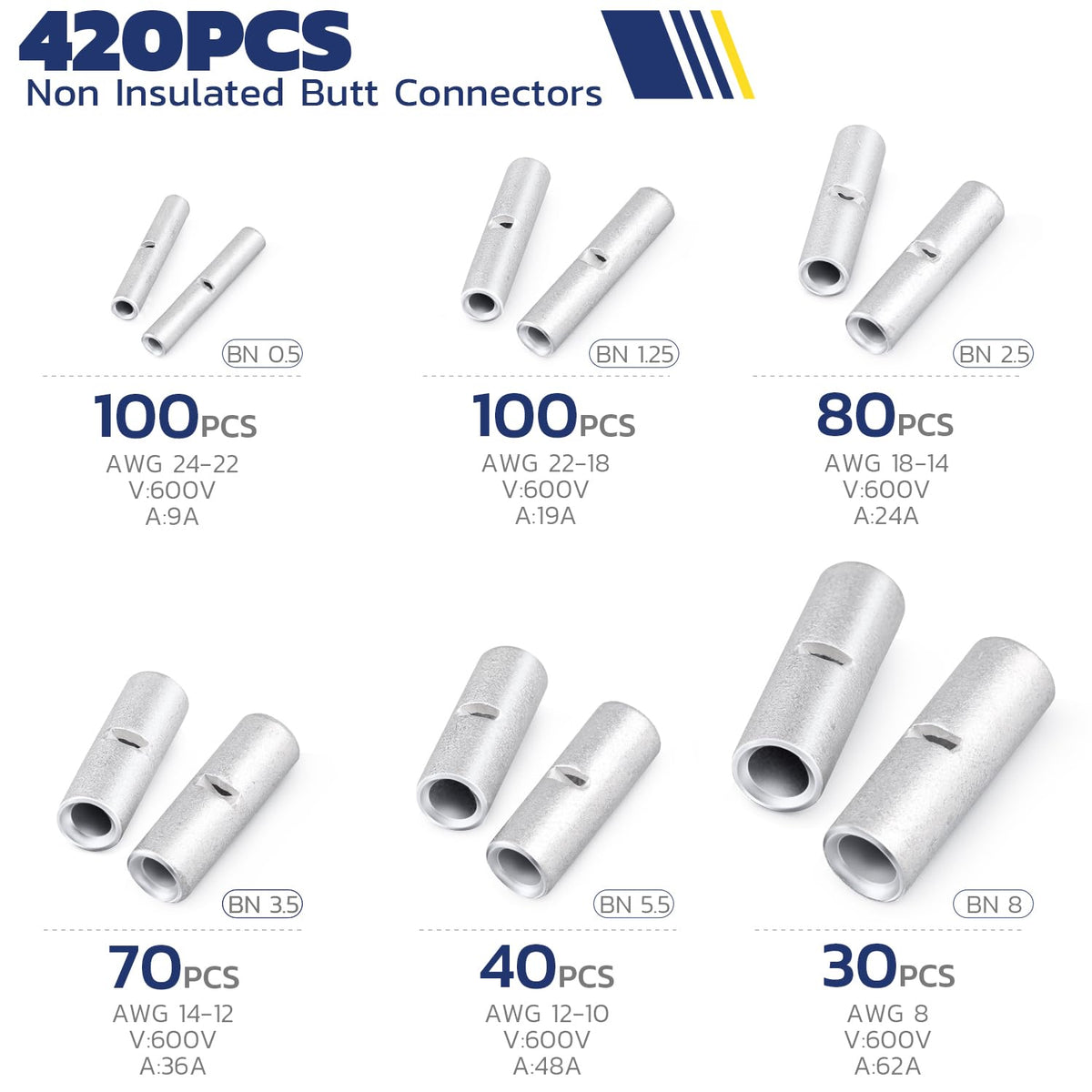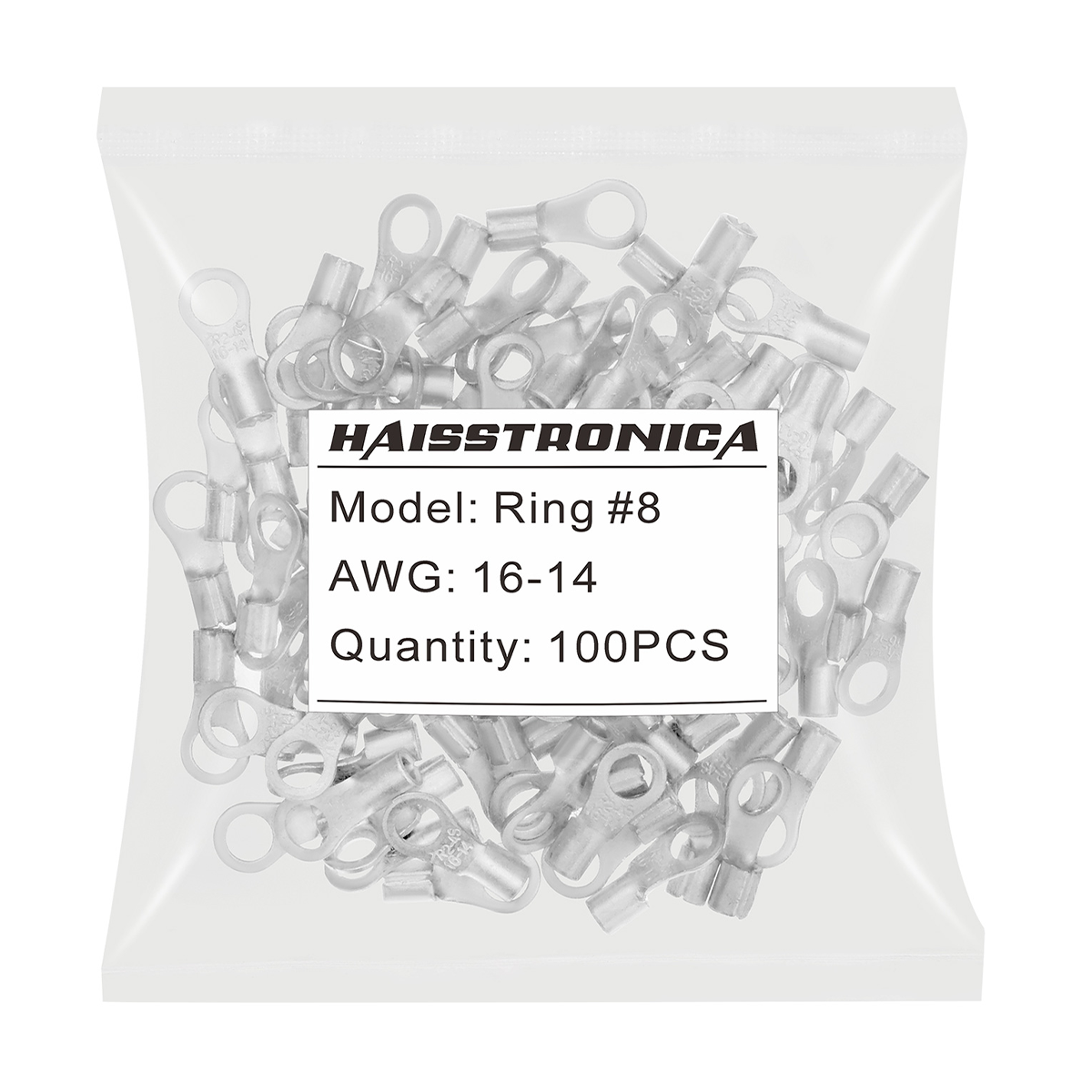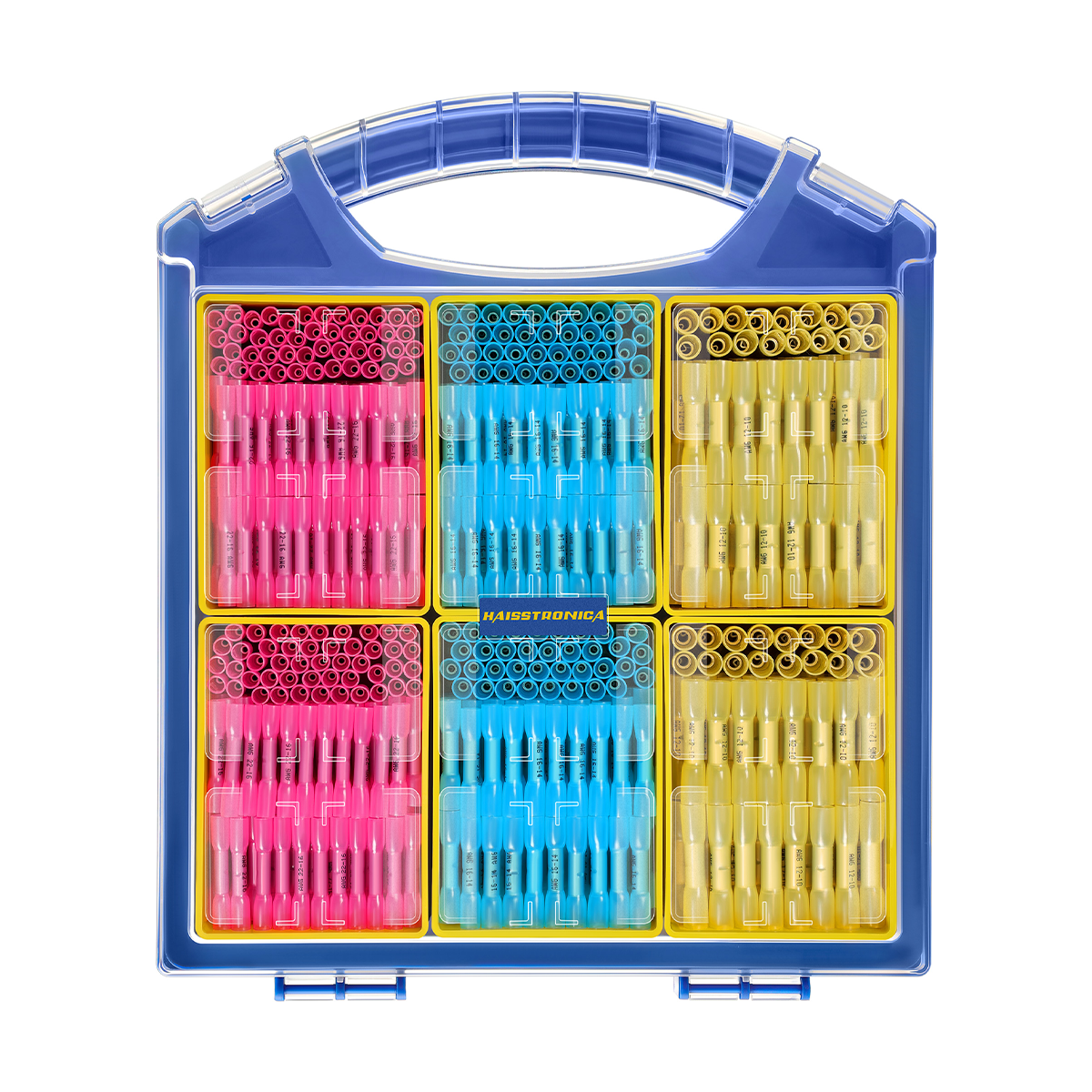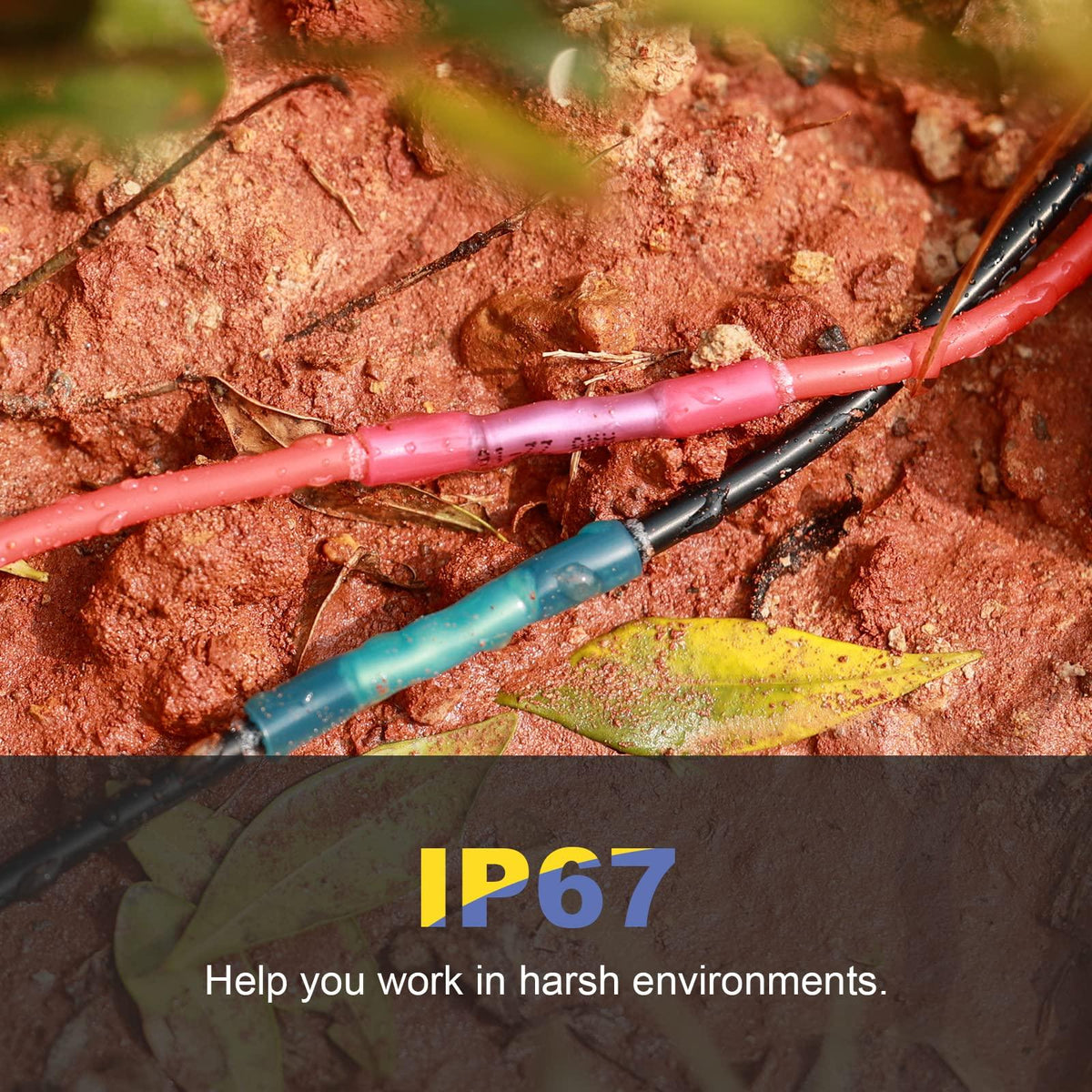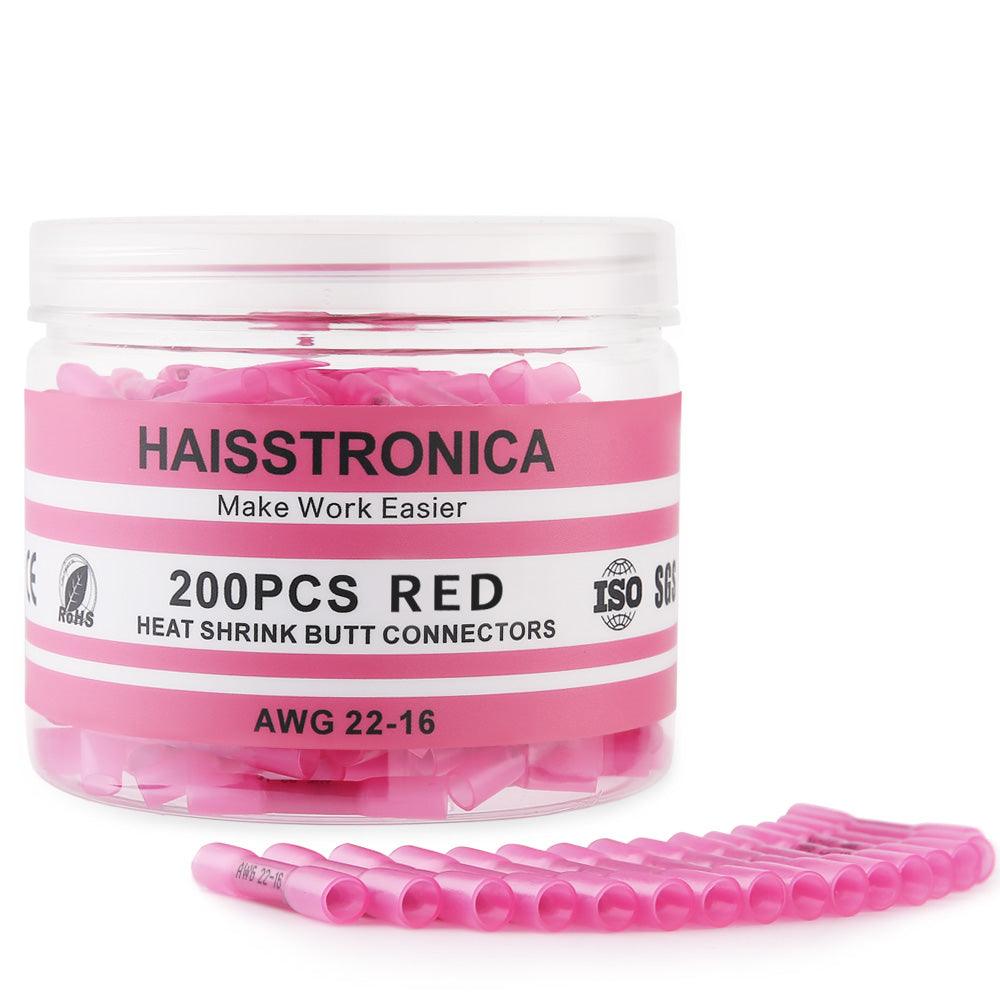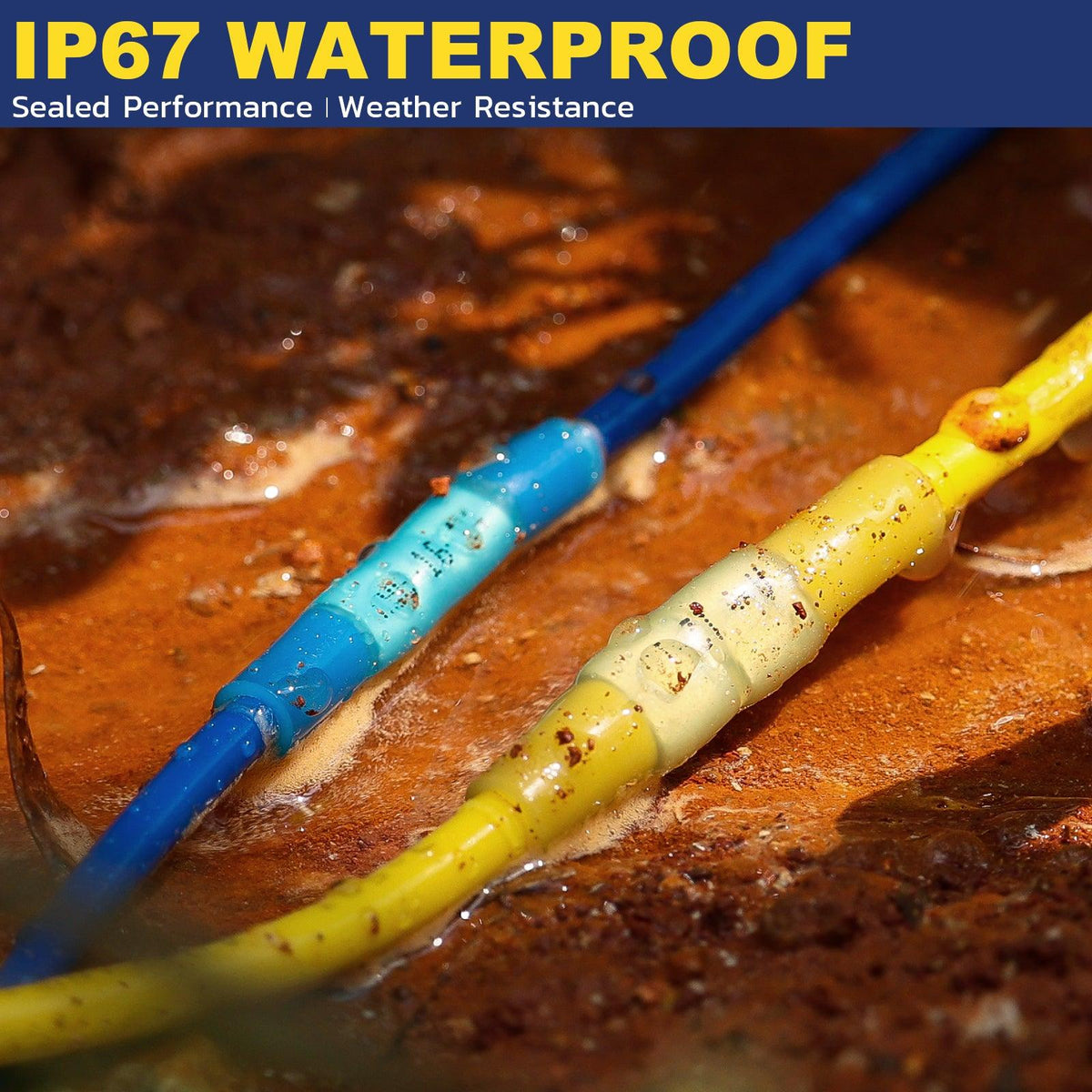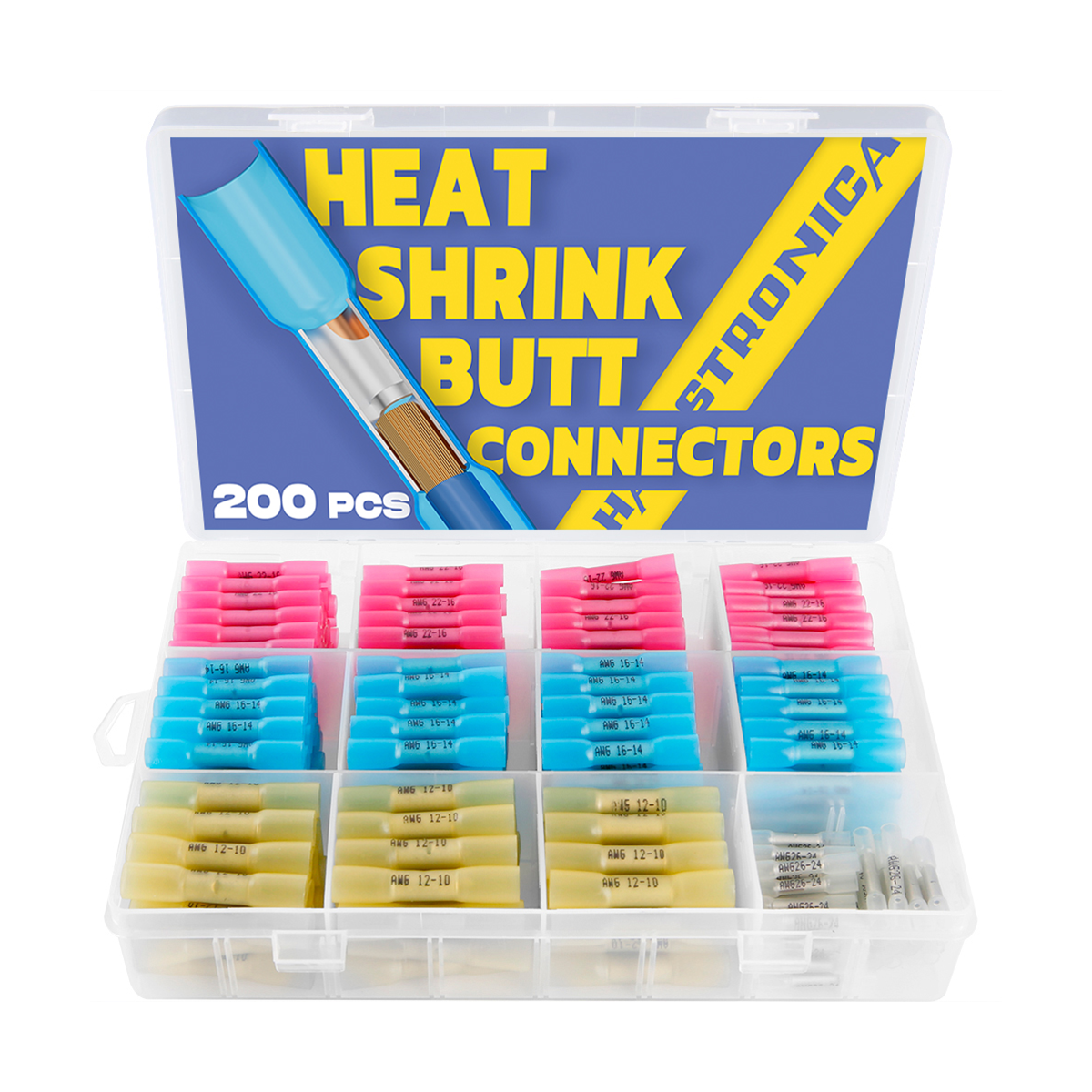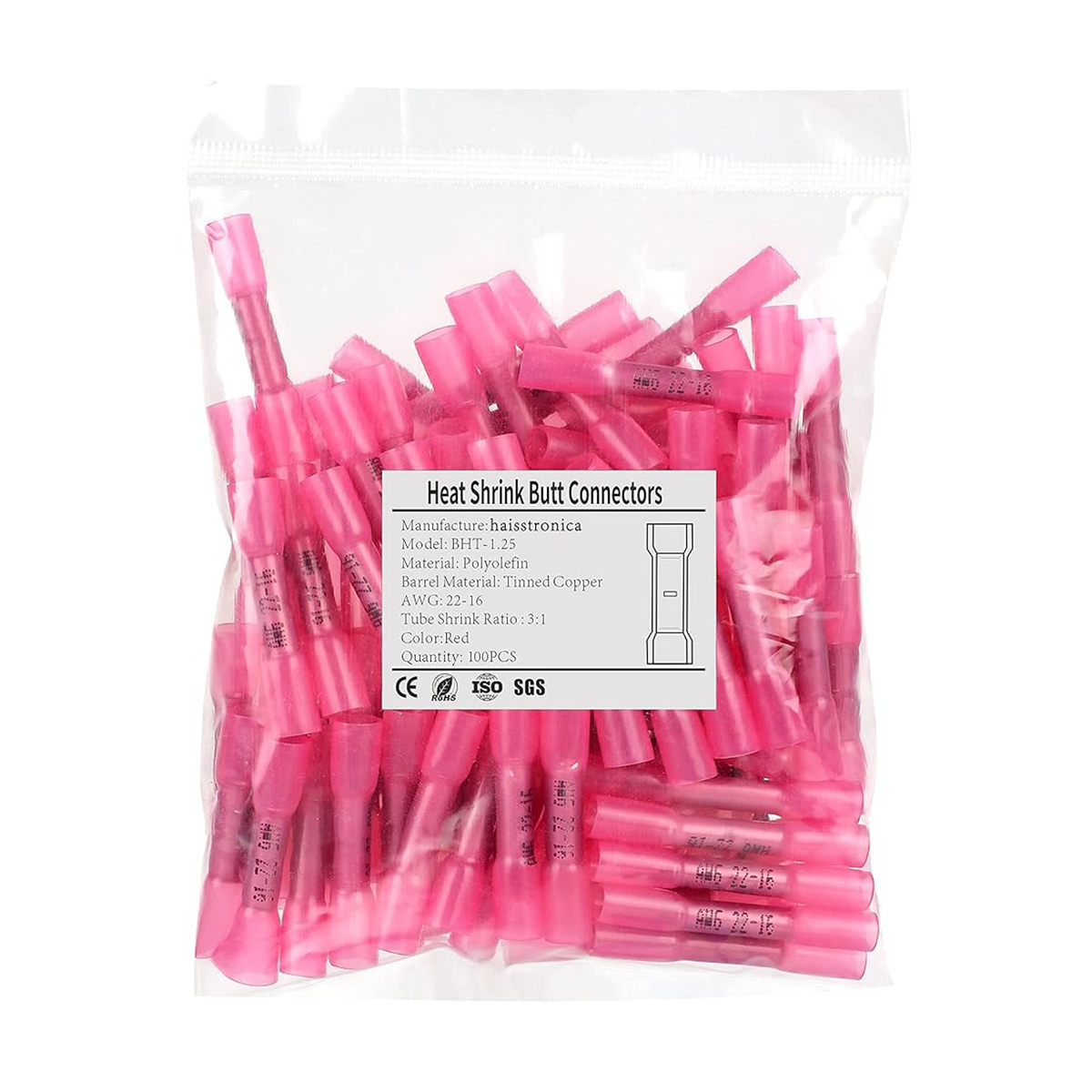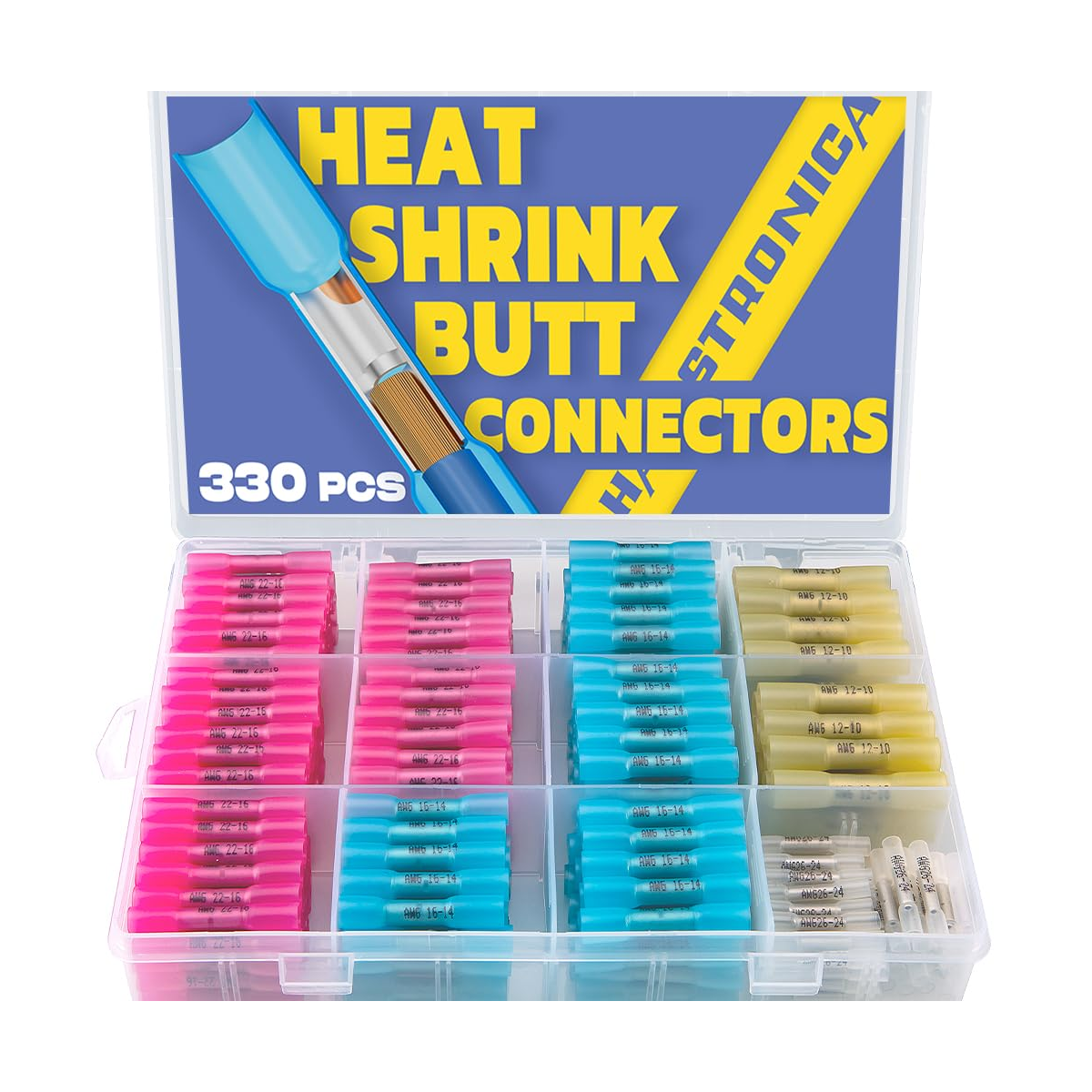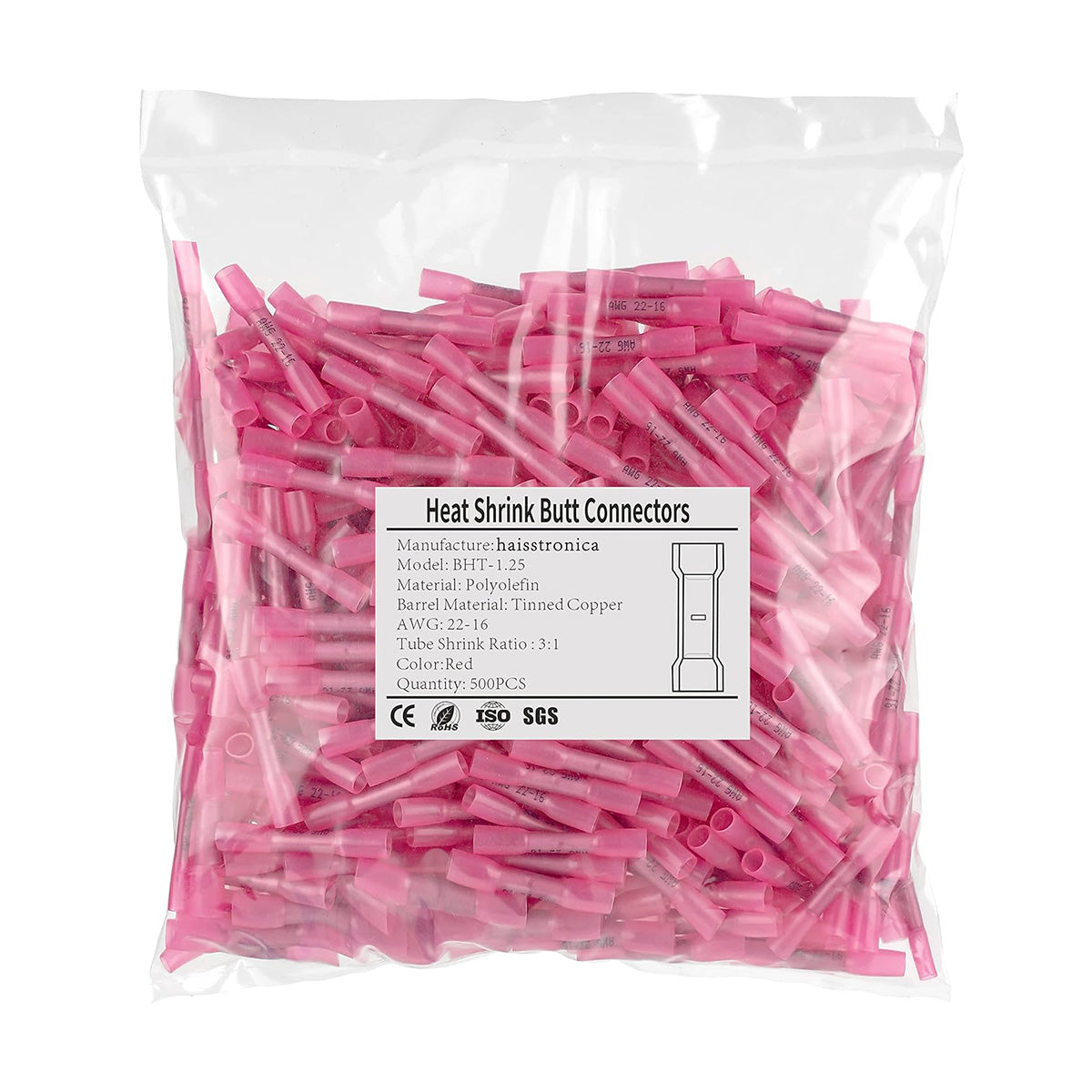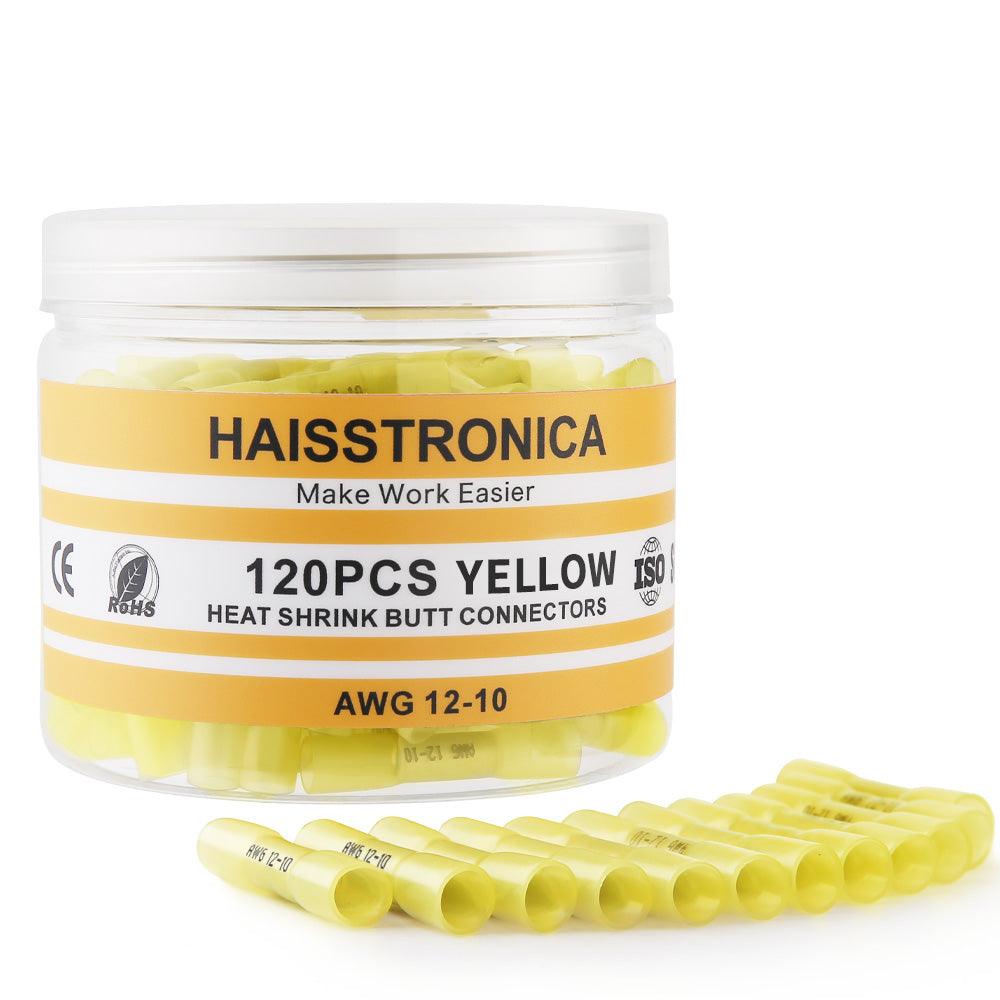Introduction
Splicing low-voltage landscape lighting wire might sound intimidating, but it’s a straightforward task that any DIY enthusiast can tackle. Low-voltage landscape wiring is the backbone of outdoor lighting systems – it carries 12 volts of power from a transformer to your landscape lights safely. Knowing how to splice landscape lighting wires is essential for connecting new fixtures, repairing breaks, or extending your outdoor lighting. By properly joining your landscape wire connections, you ensure your garden lights shine bright and your wiring remains safe from shorts or moisture. In this guide, we’ll walk through what landscape lighting cable is, step-by-step splicing instructions, common use cases, how to choose the right wire and connectors, and answer FAQs about low voltage landscape wiring.
👉 Get low voltage wire outdoor rated: choose Haisstronica for flexible, weatherproof performance.
What Is Low-Voltage Landscape Lighting Wire? (Definition)
Figure: A spool of 14/2 low voltage landscape wire. Low-voltage landscape lighting wire is a two-conductor electrical cable designed for outdoor use. It typically comes in gauges like 16/2, 14/2, or 12/2 (the first number is the wire gauge, the second indicates two conductors). The cable’s insulation is UV-resistant and rated for direct burial, meaning you can run it underground without conduit. This outdoor low voltage wire connects your low-voltage transformer to all your landscape lights in a daisy-chain or hub configuration. Each conductor of the landscape lighting cable is insulated, often bonded together in a flat “zip cord” style for easy splitting. The lower the gauge (e.g. 12 gauge vs 14 gauge), the thicker the wire and the more current it can carry over long distances with minimal voltage drop. For example, 14/2 low voltage wire is ideal for medium runs around a typical yard, while 12 gauge low voltage wire can handle longer runs or higher wattage loads without dimming. Always use low-voltage electrical wire made of pure copper and marked for landscape lighting – this ensures maximum conductivity and weather resistance. In short, landscape wiring is the special electrical wire for outdoor lighting that’s safe to handle, easy to hide, and built to withstand moisture and soil when powering your garden lights.
👉 Feed every fixture with low voltage led wire—upgrade to Haisstronica for consistent brightness.
Operation Steps: How to Splice Low-Voltage Wires
Figure: Preparing to splice low-voltage landscape wire – cut the cable, split the two conductors, and strip off about 1/2 inch of insulation from each wire. Splicing (connecting) low voltage wires is a simple process if you follow these steps:
-
Shut Off Power: Always begin by turning off or unplugging your landscape lighting transformer. Even though low-voltage wire carries only 12–15 volts, disconnecting power ensures safety while you work.
-
Cut and Split the Cable: Decide where you need to splice (for example, to add a fixture or repair a cut). Use a wire cutter to cut the landscape lighting wire at that point. The landscaping wire is usually two wires joined together; pull them apart for a few inches so you have two separate conductors to work with.
-
Strip the Wires: Using a wire stripper tool, strip about 1/2 inch of insulation from each exposed wire end. This will reveal the copper strands (make sure not to cut through the strands). Stripping the landscape light wire cleanly will give a good surface for the new connection.
-
Join the Wires with Connectors: Now, connect the wires using an appropriate waterproof connector. You have a couple of options:
-
Gel-Filled Wire Connectors (Wire Nuts): These are twist-on connectors pre-filled with silicone grease to keep water out. Twist one connector onto the two stripped wire ends joining low voltage wires together until snug.
-
Crimp and Heat Shrink Butt Connectors: These tube-like connectors let you insert each wire end on either side, crimp the metal sleeve with a crimping tool, then heat the insulating tube with a heat gun. The tubing shrinks and sealant inside melts, creating a waterproof splice. (Haisstronica offers quality heat shrink butt connectors for a secure bond.)
Both methods create a reliable splice – just ensure the connection is tight and fully sealed against moisture. Avoid using regular dry indoor wire nuts or simply taping bare wires, as those won’t last outdoors. If you prefer, you can also solder the wires together and use heat shrink tubing over the joint, but this isn’t usually necessary with the above connector options.
-
-
Test and Bury: After splicing, turn the transformer back on to test that all lights work. Finally, bury or conceal the cable and splice. Bury the low-voltage cable about 6 inches deep in the soil (or at least 6 inches deep per NEC code for most garden areas). If running under a driveway or sidewalk, bury it deeper (~18 inches) or run it through a conduit for extra protection. In flower beds, you can simply cover the low volt wire with mulch or use landscaping staples to keep it tucked out of sight. The goal is to protect the underground low voltage wire from damage and keep your yard looking neat.
Application Scenarios
Figure: A single low-voltage landscape cable can power multiple outdoor lights – garden uplights, pathway lights, deck lights, etc. You’ll need to splice or connect landscape lighting wires in many situations during installation and maintenance. Common scenarios include:
-
Installing New Lights: When setting up a landscape lighting system, you run a main outdoor lighting cable from the transformer and make a splice at each fixture. Typically, you’ll create a T-connection by attaching the fixture’s lead wires to the main landscape wire using connectors at that spot. Since landscape lights are wired in parallel (not in series), each light taps into the main line.
-
Extending Wire Runs: If your transformer is far from the garden or you decide to add more lights in a distant area, you might need to extend the existing low voltage landscaping wire. This involves splicing an additional length of cable into the line to reach new fixtures or cover a larger distance. Make sure to match the gauge when extending (e.g., splice 14 gauge low voltage wire to 14 gauge, or use thicker wire if needed for long distances).
-
Repairing Damaged Wires: It’s not uncommon for a shovel or lawn aerator to accidentally cut a buried landscape light wire. When this happens, you can fix it by splicing the broken ends back together with a waterproof connector. This repair restores the circuit without having to run a completely new cable. Be sure to waterproof the splice thoroughly so it doesn’t corrode underground.
-
Other Outdoor Applications: Low-voltage cables aren’t just for lights – they’re also used for outdoor spotlights, pond pumps, irrigation controls, or speakers. The splicing techniques are the same across these uses. In any case, knowing how to splice landscape wire allows you to customize your outdoor electrical setup, whether that’s adding a backyard speaker or replacing a faulty section of low voltage outdoor wire in your lighting system.
👉 Installing low voltage lighting? Use Haisstronica Low Voltage Landscape Wire for fast, tidy routing.
Buying Guide: Choosing Wire and Connectors
Selecting the right materials will make your low voltage landscape wiring project successful and long-lasting. Here are key considerations:
-
Wire Gauge and Length: Choose an appropriate gauge based on how far your wire will run and how many watts of lights it will carry. In general, 16/2 low voltage landscape wire is suitable for short runs (under 50 feet) or a few small LED fixtures. 14/2 landscape wire is a versatile choice for medium runs around 100 feet supporting up to ~90 watts. For longer runs or higher wattage systems, opt for 12/2 low voltage landscape lighting wire to minimize voltage drop. Using a thicker wire than needed is OK (it provides a safety margin), but using too thin a wire can cause dim lights due to voltage drop. If in doubt, consult a landscape wire gauge chart or go with the thicker option (12 AWG) for reliability. Also purchase a sufficient length – common packs are 50ft, 100ft, 200ft, 500ft, etc., so plan your cable route and add a little extra for slack.
-
Wire Quality: Always use direct burial low voltage wire made for outdoor lighting. Look for 100% copper strands (avoid copper-clad aluminum) for maximum conductivity. Quality landscape cables have a thick PVC jacket that resists UV, moisture, and temperature extremes. For instance, the Haisstronica 14/2 Low Voltage Landscape Wire is UL-listed and features 41-strand pure copper conductors with durable insulation for underground low voltage wire installations. It’s flexible for easy handling yet tough enough for direct burial, ensuring your outdoor lights get full power with minimal voltage drop. (You can find 14/2 low-voltage landscape wire in various spool lengths here: 14/2 Low Voltage Landscape Wire (200ft/250ft/500ft) .)
-
Connectors and Accessories: Use only waterproof wire connectors for landscape lighting splices. Gel-filled twist connectors (often blue or orange caps) are popular for their ease – just insert the stripped wires and twist until tight. Heat-shrink butt connectors provide a very secure, permanent splice – they require a crimper tool and a heat source to seal. Both types are rated for direct burial and harsh weather. It’s wise to keep a stash of landscape wire connectors waterproof rated for outdoor use so you can make quick fixes if needed. Additionally, have some electrical tape (for extra wrapping or labeling), cable ties or staples (to secure wires along structures), and a wire stripping/crimping tool on hand. A good wire stripper and crimping tool kit can speed up installation by cleanly stripping insulation and crimping connectors without damaging the wire. Investing in proper tools and high-quality outdoor lighting wire will save you headaches and improve the performance of your landscape lighting system.
👉 Plan your low voltage lighting install with Haisstronica wire—safer paths, brighter nights.
Frequently Asked Questions (FAQ)
Q1: What gauge wire should I use for low-voltage landscape lighting?
A: It depends on the distance and wattage of your lighting setup. A 14-gauge landscape lighting wire works for most average-sized yards – generally up to ~100 feet of cable run handling around 90 watts total. If you plan a longer run or have many lights (higher wattage), you should use 12-gauge low voltage wire to prevent voltage drop and dimming. For very short runs or just a couple of LED fixtures, a 16-gauge landscape wire could suffice, but many professionals avoid 16 AWG for anything beyond 50 feet. Using a thicker wire than necessary won’t harm anything (except a slight increase in cost), while using too thin a wire can result in weak, dim lights. When in doubt, go with the heavier gauge or refer to a low voltage wire size chart to match your total wattage and cable length.
Q2: How deep do I need to bury low-voltage landscape wire?
A: Industry best practice and code guidelines recommend burying low-voltage wires at least 6 inches deep in the ground. The National Electrical Code (NEC) specifies a minimum cover of 6 inches for direct-buried low-voltage cables in residential yards. This depth protects the wire for low voltage lighting from accidental damage by shovels or lawn tools. For areas under driveways, sidewalks, or other high-traffic hardscape, bury the outdoor lighting cable deeper – typically 18 to 24 inches – or run it through a conduit for extra protection. In garden beds where digging a deep trench is difficult, you can get by with shallow burial (just a few inches) or simply hide the cable under mulch – but be aware that the shallower it is, the more careful you or your gardener need to be when digging in that area. Always remember where your landscape wires are buried to avoid cutting them during future landscaping work.
Q3: What’s the best way to splice or extend low-voltage landscape wires?
A: The best method is to use waterproof connectors specifically made for landscape lighting. First, strip about 1/2 inch of insulation off the ends of the wires you need to join. Then either twist them together inside a gel-filled waterproof wire nut or use a heat-shrink butt connector to crimp them together. Both methods will create a secure electrical connection and seal out moisture. Avoid using standard household wire nuts that are not weatherproof, and never leave bare twisted wires exposed – those will corrode and fail. A properly made splice in low voltage landscape wire with quality connectors should be just as reliable as an uncut cable. Many professionals prefer the convenience of grease-filled twist connectors, while others like the permanence of a crimped heat-shrink splice. Either is fine as long as the connector is rated for direct burial. After splicing, always encase the connection in its waterproof housing or heat-shrink and give a gentle tug on each wire to ensure it’s firmly connected before burying it.
Q4: Does low-voltage landscape lighting wire need to be in conduit?
A: In most cases, no. Low-voltage landscape wire is designed with robust insulation for direct burial and outdoor exposure, so you do not have to run it in conduit. Running the wiring directly underground (to the 6-inch depth mentioned above) is standard and allows you to easily make splices or add fixtures along the line. However, if the wire must go under a hardscape (driveway or sidewalk) or through a area prone to digging, you might choose to run that section through a PVC conduit for extra protection and easy replacement later. Overall, for typical garden lighting, using the direct-burial landscape lighting wire by itself is perfectly sufficient and meets code. Just be sure the wire you use is rated for underground use (which most low voltage landscape cables are) and weather-resistant. Keeping connections waterproof (as described) is more critical than enclosing the entire cable in conduit.
👉 See our low voltage outdoor lighting wiring diagram and spec Haisstronica wire for the run.
Get Quality Landscape Wire and Connectors (Purchase Entry)
A successful landscape lighting project starts with the right materials. If you’re ready to tackle your outdoor lighting wiring, make sure you have high-grade cable and reliable connectors on hand. Haisstronica’s 14/2 low voltage landscape wire is an excellent choice for most installations, offering a balance of flexibility, durability, and conductivity. It’s available in convenient lengths (100 ft, 200 ft, 250 ft, 500 ft) to suit your project needs. You can find this wire on our website: 14/2 Low Voltage Landscape Wire – Direct Burial Outdoor Cable. Pair it with our heat shrink butt connectors or gel-filled waterproof wire nuts to make quick, secure splices that will stand up to the elements. With the proper wire, tools, and connectors, wiring low voltage landscape lights becomes a simple and rewarding DIY task. Enjoy your beautifully illuminated yard knowing that your landscape lighting wires are safely and professionally connected!
Our Top User-friendly Picks
Power every path and spotlight with Haisstronica 14/2 landscape cable. True copper conductors deliver high conductivity for maximum brightness, while thick PVC insulation resists UV, rain, and snow. This 14-2 low voltage wire strips cleanly and lays flat for fast, professional results. For sealed, reliable junctions, pair it with waterproof outdoor wire connectors. UL certification, VW-1 flame rating, and RoHS compliance ensure safety and durability—perfect for residential and commercial landscapes.
👉 Installing low-voltage lighting? Trust Haisstronica Low Voltage Landscape Wire for code-smart results.

